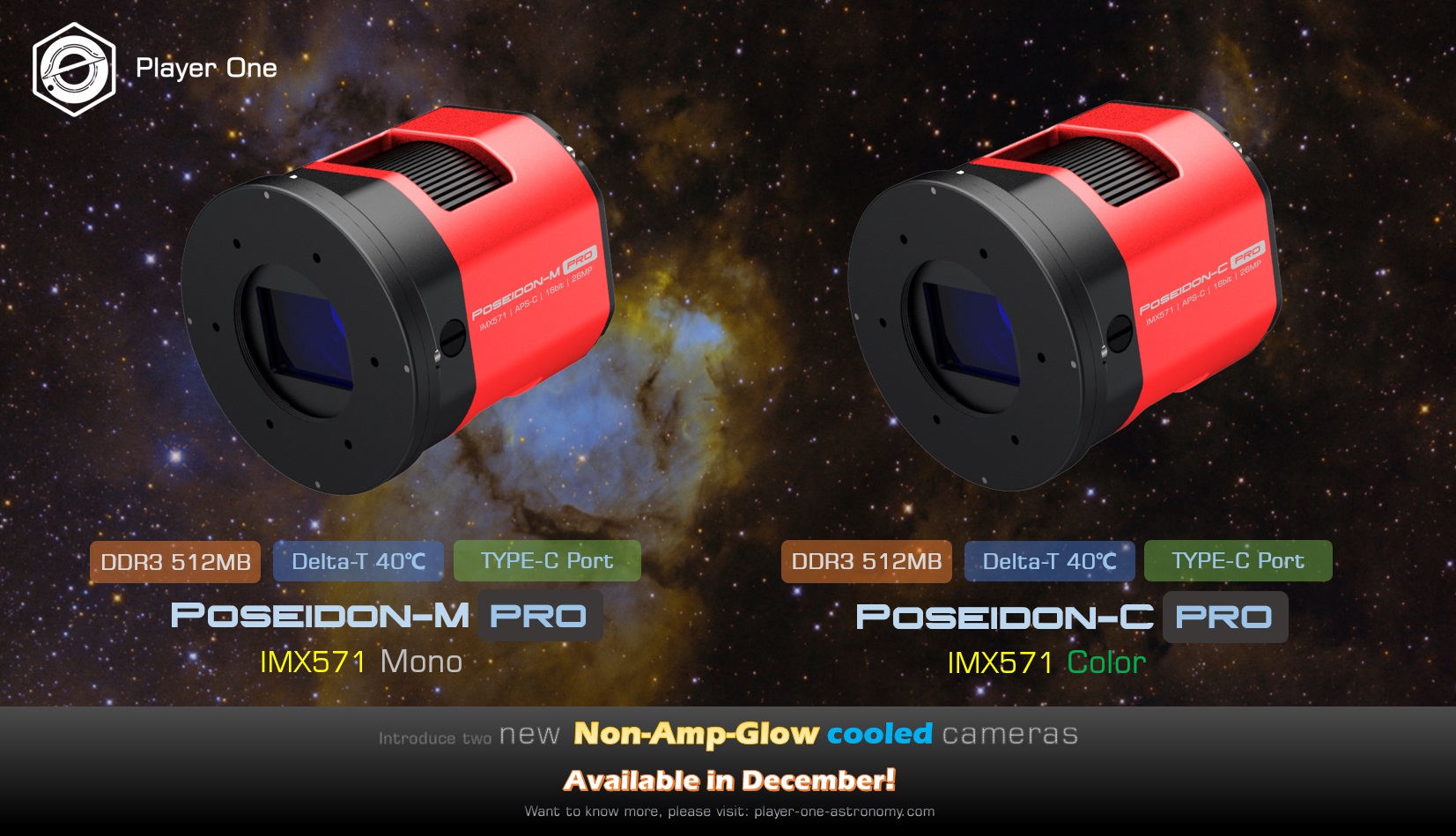
Features:
DSO cooled camera line is the most advanced product line in Player One history. We start the project from 2021, through a lot of modify and rebuild we made this final version. It brings our newest technology and design to everyone, we are very proud to introduce this camera line.
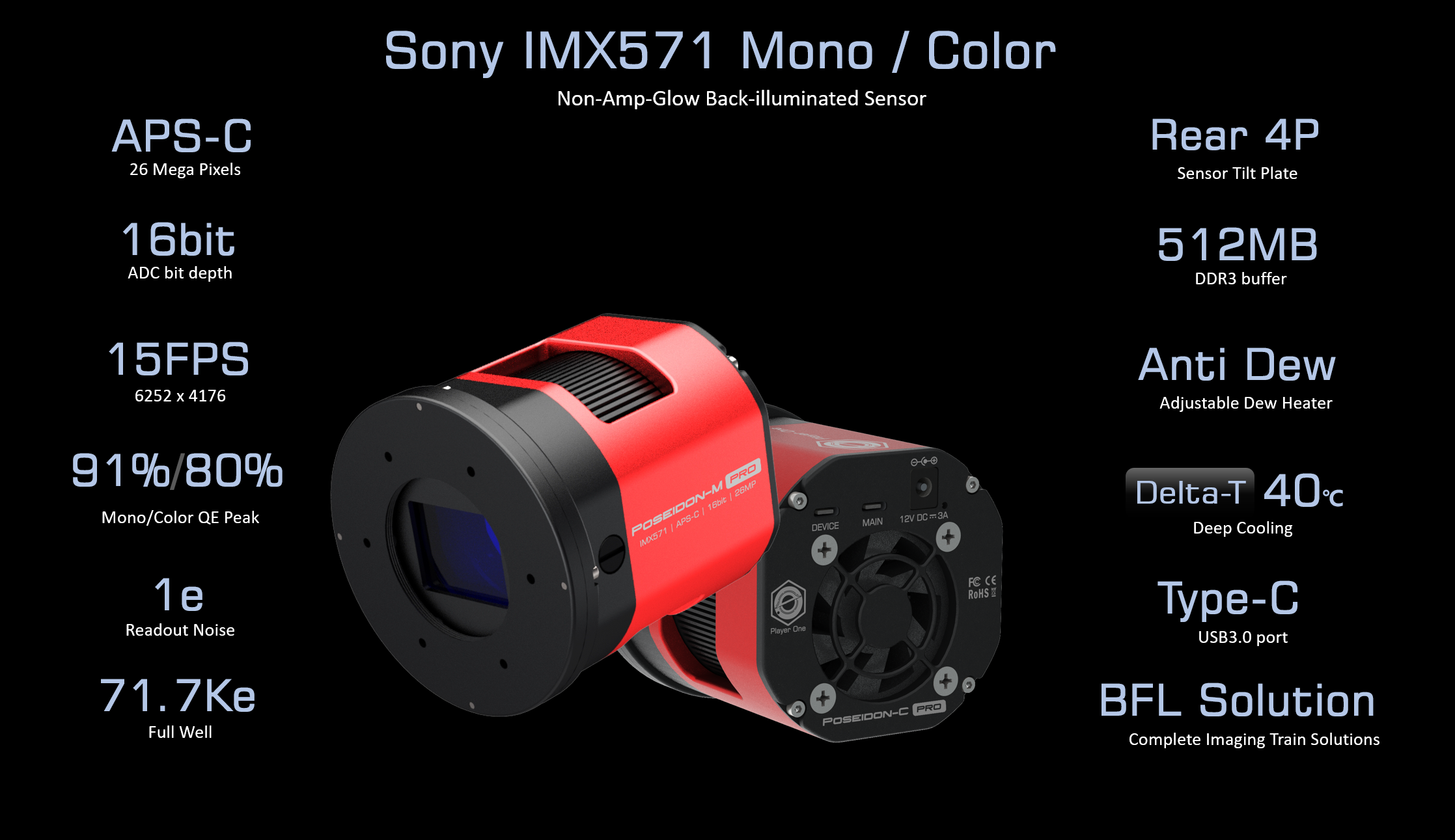
Power supply is not include in camera package, high quality 12V 5A power supply link: https://player-one-astronomy.com/product/12v-5a-power-supply-dc5-5-x-2-1mm/
Drivers and softwares download: http://player-one-astronomy.com/service/software/
Manuals download: http://player-one-astronomy.com/service/manuals/
Poseidon-C KIT setup tutorial:
Product Description
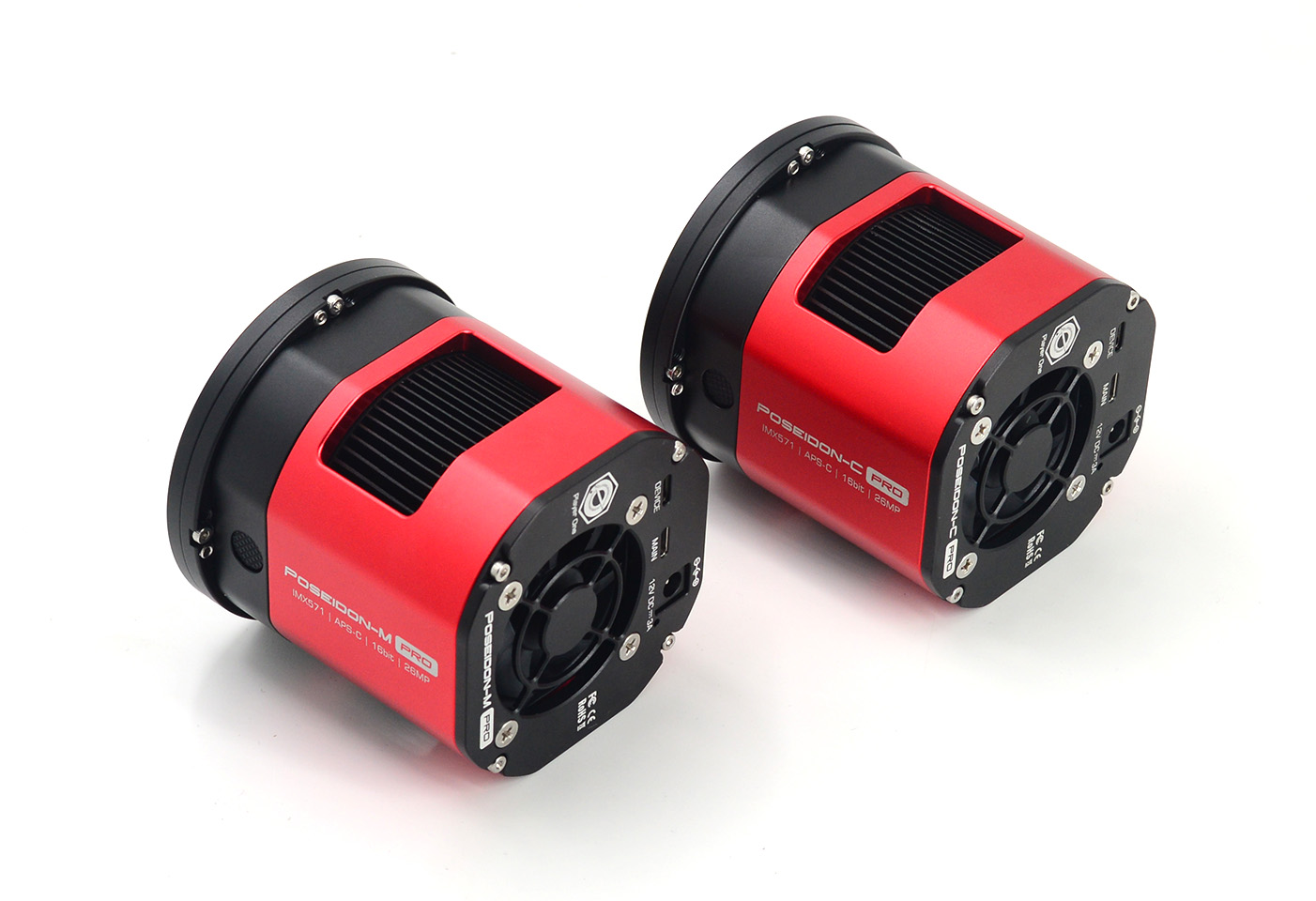
New Cutting-edge Design
Polygon like regular hexagon is very Player One, the DSO cooled cameras we want to make it more beautiful and practical. After a lot of trying, we fix the final style, which uses a scientific and technological octagon to construct the main body line and 4 sides are cambered surface, supplemented by round chamfers to achieve both rigidity and flexibility. The front piece is round to avoid diffraction on RASA. The positive red, which is like a summer fire, is matched with the low-key and steady black, and the super-fine frosting process on the entire surface makes the camera look luxurious and cool, and keep Player One style.
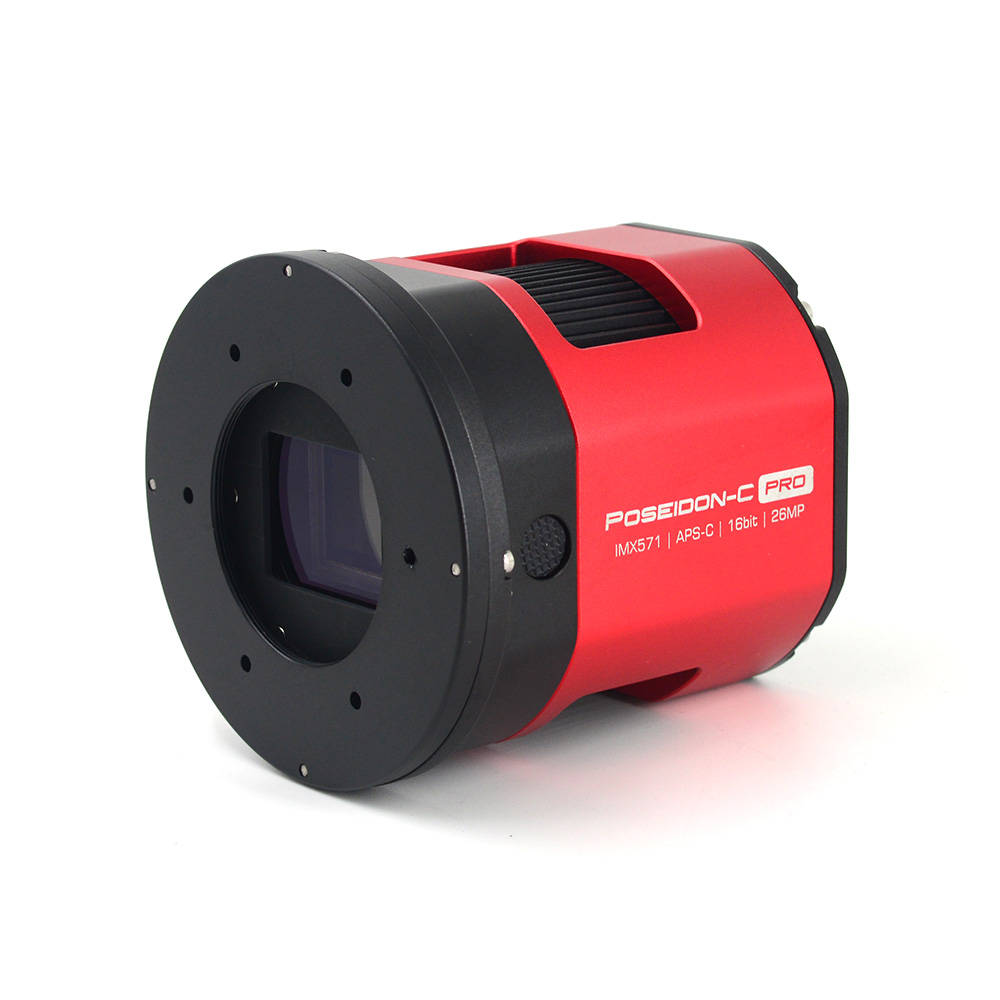
Poseidon-C Pro (IMX571) cooled camera is developed by Player One Astronomy, it’s design for advanced DSO imaging. it adopts Sony IMX571 APS-C format color sensor. The 3.76um pixel size accommodates a well depth of 71.7Ke with a total of 26MP (the resolution is 6252*4176), and the diagonal is 28.3mm.
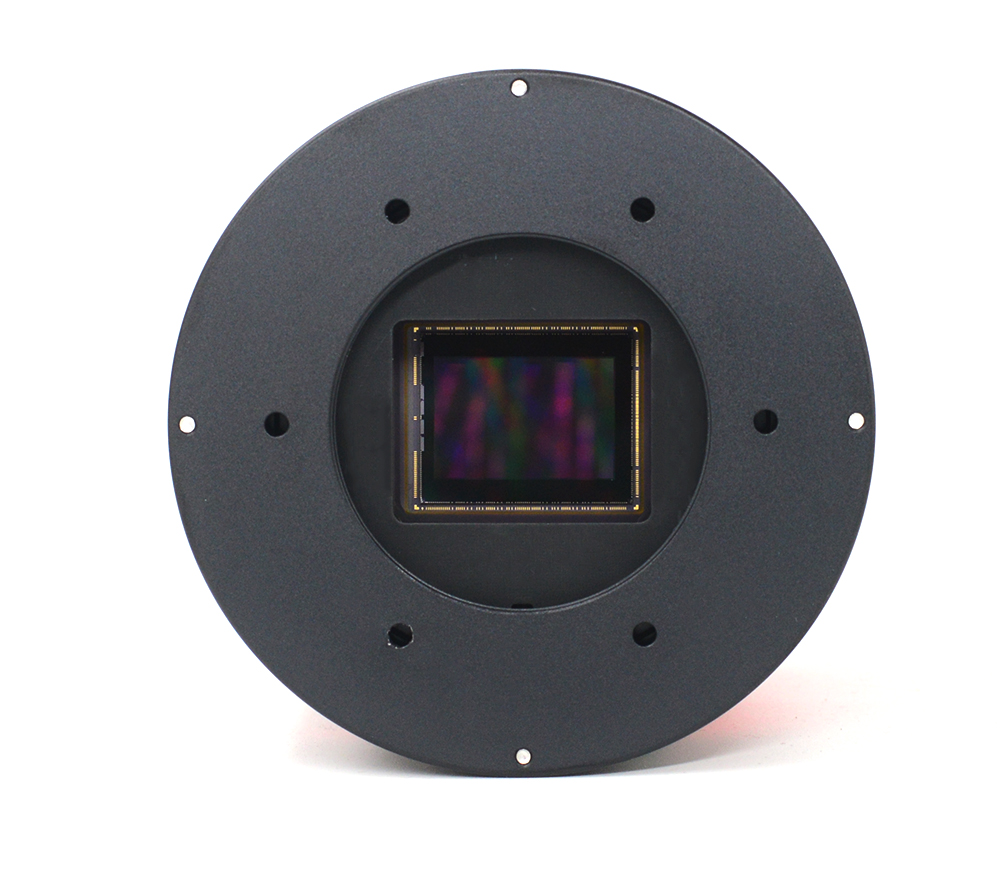
Rear Adjustment 4 Point Sensor Tilt Plate
When taking deepsky objects, using sensor tilt plate can get a much smaller field curvature of the telescope. We adopts rear Adjustment and 4 point tilt plate, it has a lot advantages in usage.
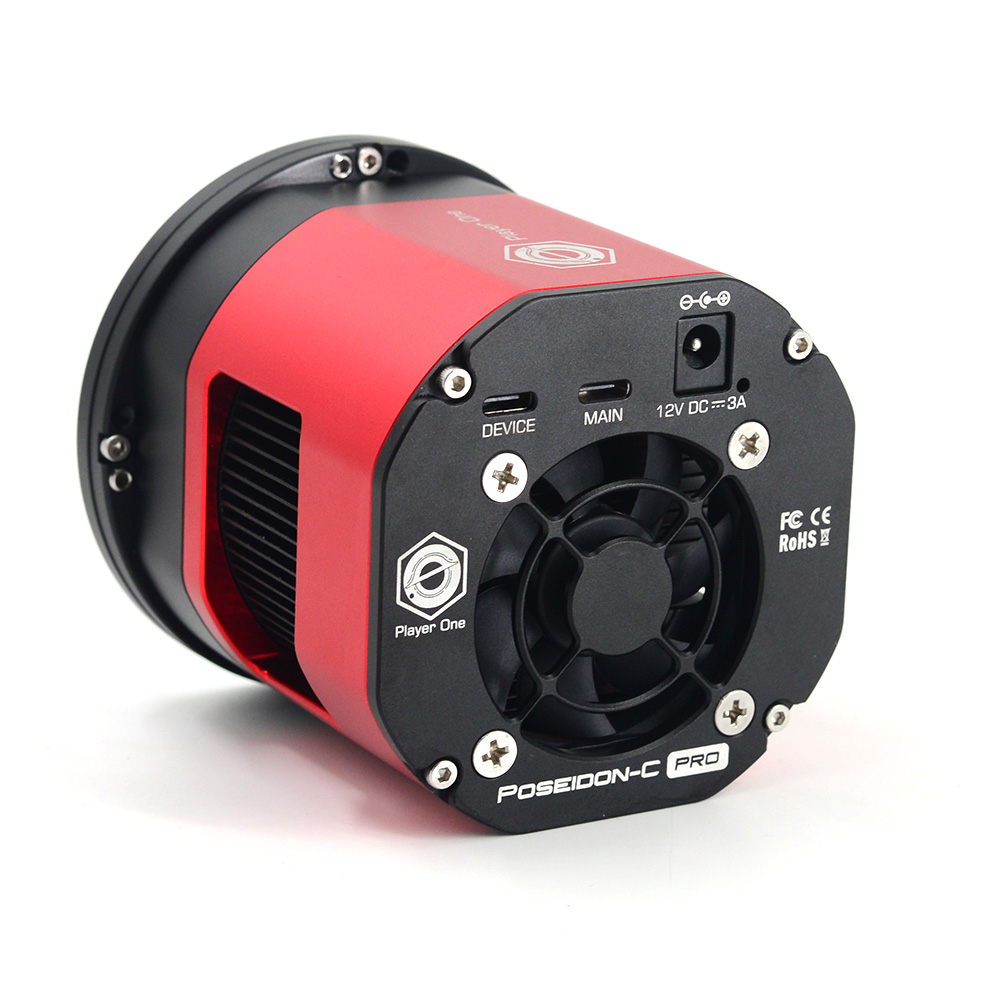
4 Point adjustment is easier to know which corner is needed to adjust. The built-in high-density sponge shading pad can block the light from the side slits without any side leakage.

For understand 4 point adjustment method, we made a example for users:

Deep Cooling
Player One cooled camera series use 2 Stage TEC Cooling unit, after improved the structure design to reject the heat back to camera chamber, Camera Delta-T can reach over 40℃.
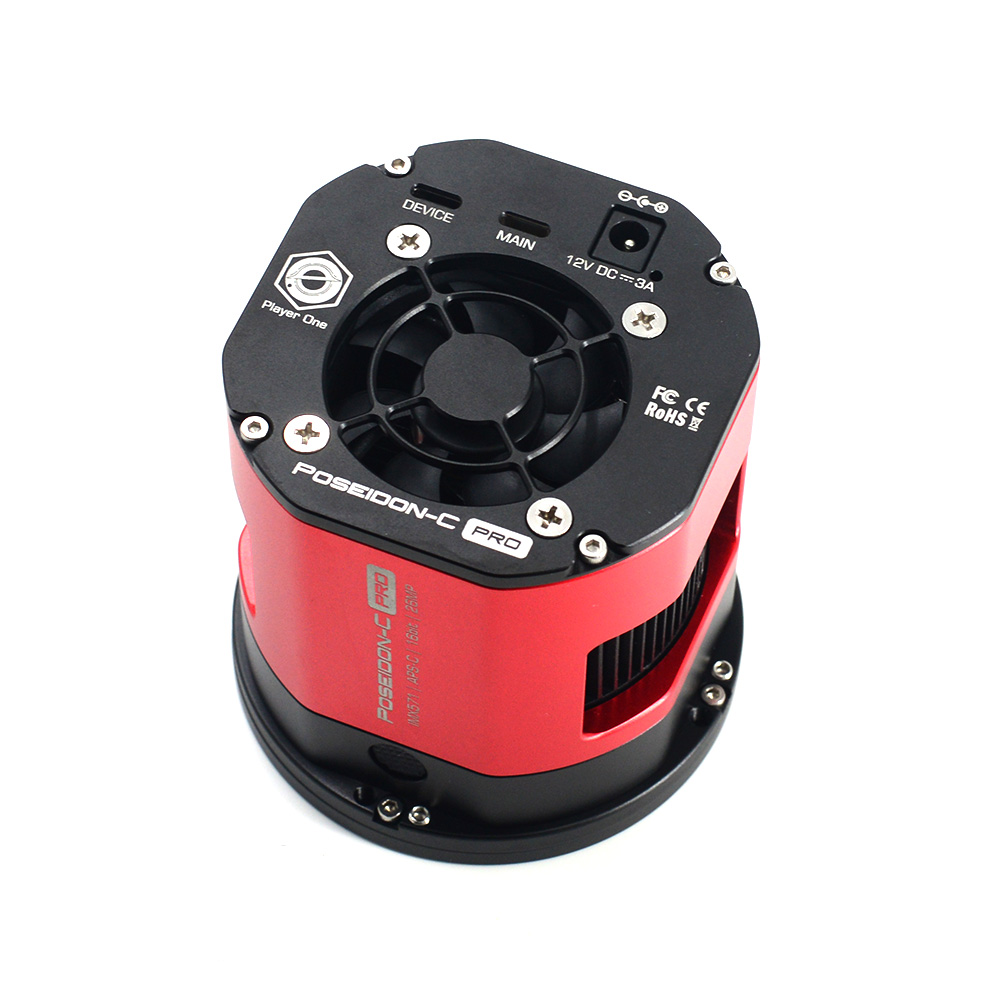
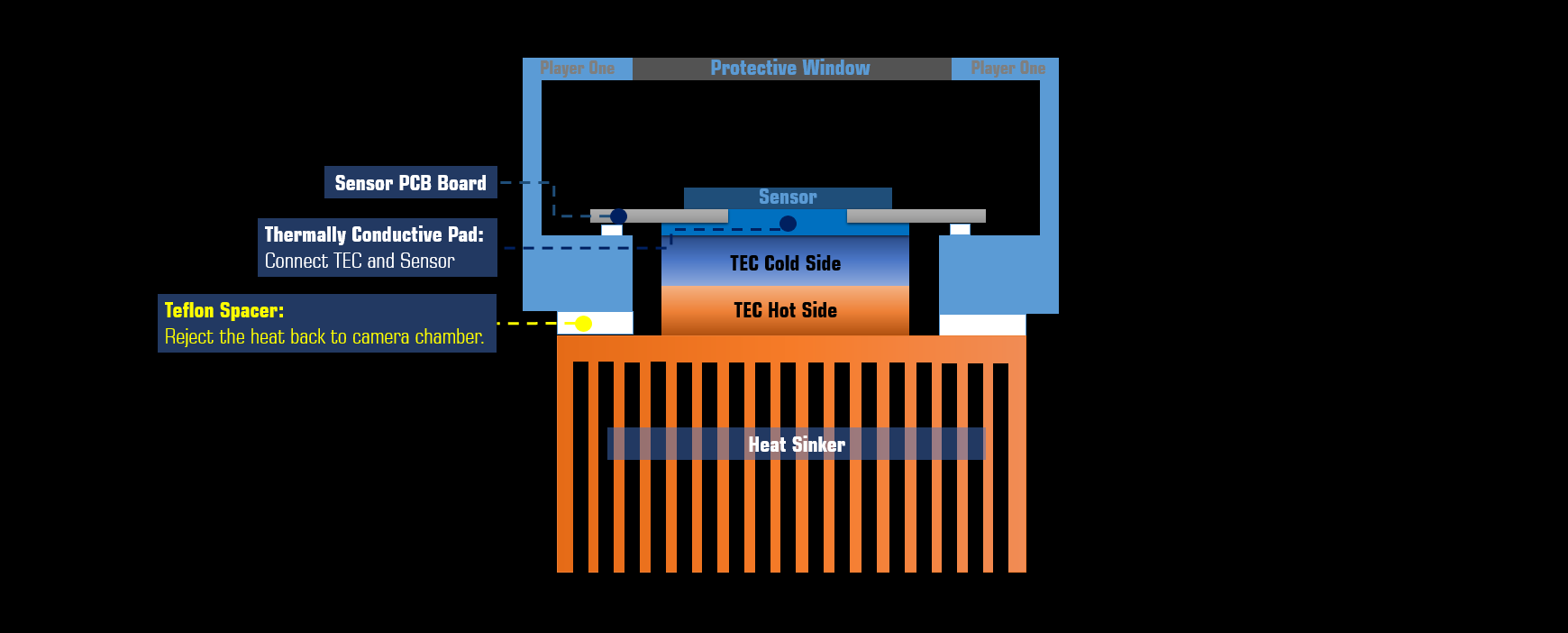
512MB DDR3 Cache
As an improvement, DDR3 cache in cooled cameras are increased to 512MB. It helps stabilize and secure data transmission, it effectively avoids frame dropping and greatly reduces readout noise.
With the DDR3 cache, the camera does not have high demands on computing needs any longer, it will still has excellent performance even if it is connected to a USB 2.0 port.
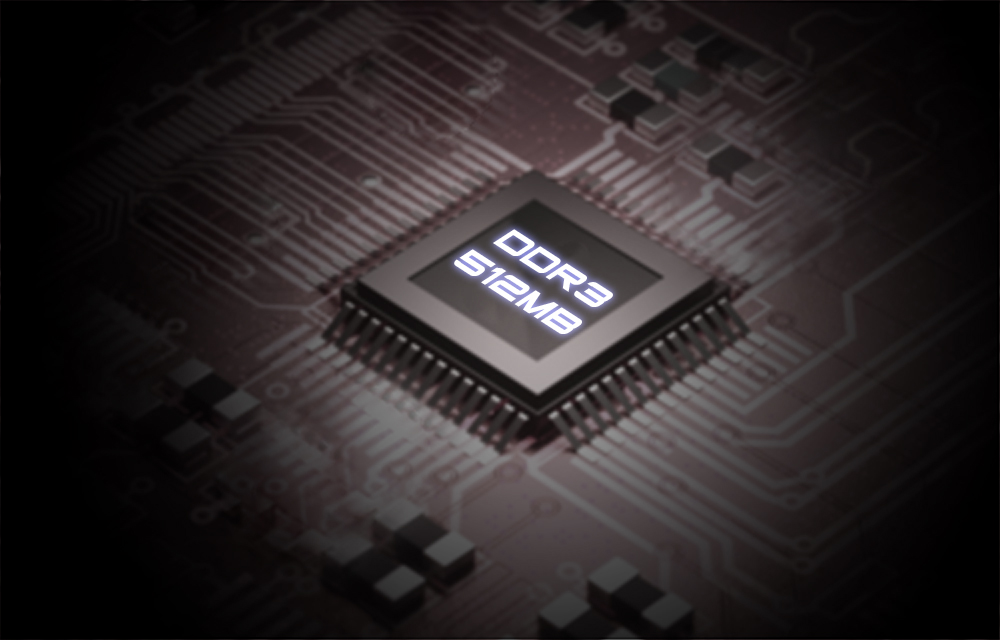
STARVIS Technology
Poseidon-C Pro (IMX571) cooled camera based on Sony STARVIS technology, it is back-illuminated pixel technology used in CMOS image sensors.
APS-C Format
Poseidon-C Pro cooled camera has APS-C format (23.5mm*15.7mm), this size is quite big for DSO imaging.
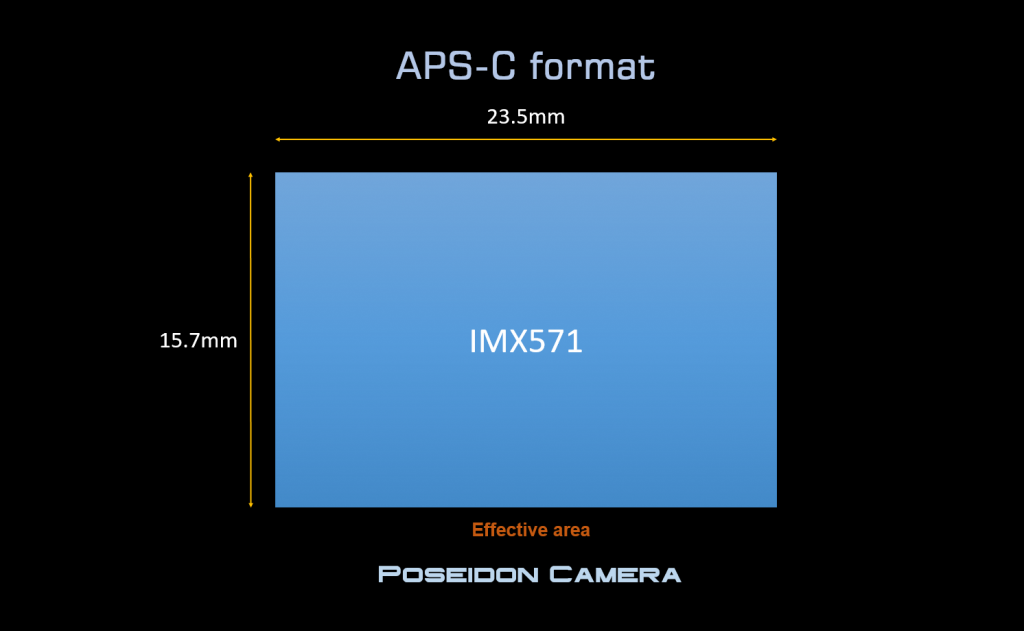
Native 16bit ADC
IMX571 sensor has native 16-bit on-chip ADC. Native 16bit ADC (65536 levels) provide higher sample resolution than 12bit (4096 levels) or 14bit (16384 levels). When we do non-linear transformation, 16bit data can endure very strong transform and also could bring much better light and dark transition, furthermore 16bit can make the color more vivid.
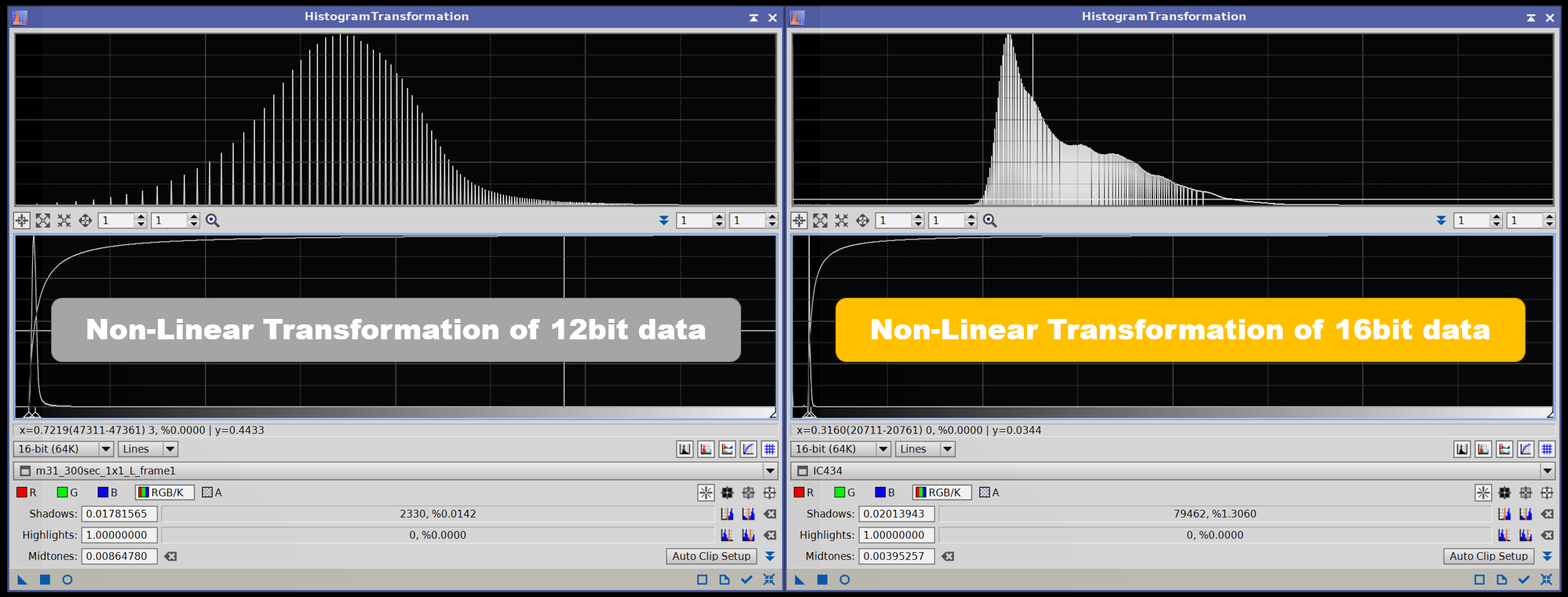
Non-Amp-Glow
Poseidon-C Pro cooled camera is a Non-Amp-Glow camera too!
300s, gain=0, offset=10, dark frame at -20℃ of Poseidon-C Pro cooled camera: DOWNLOAD
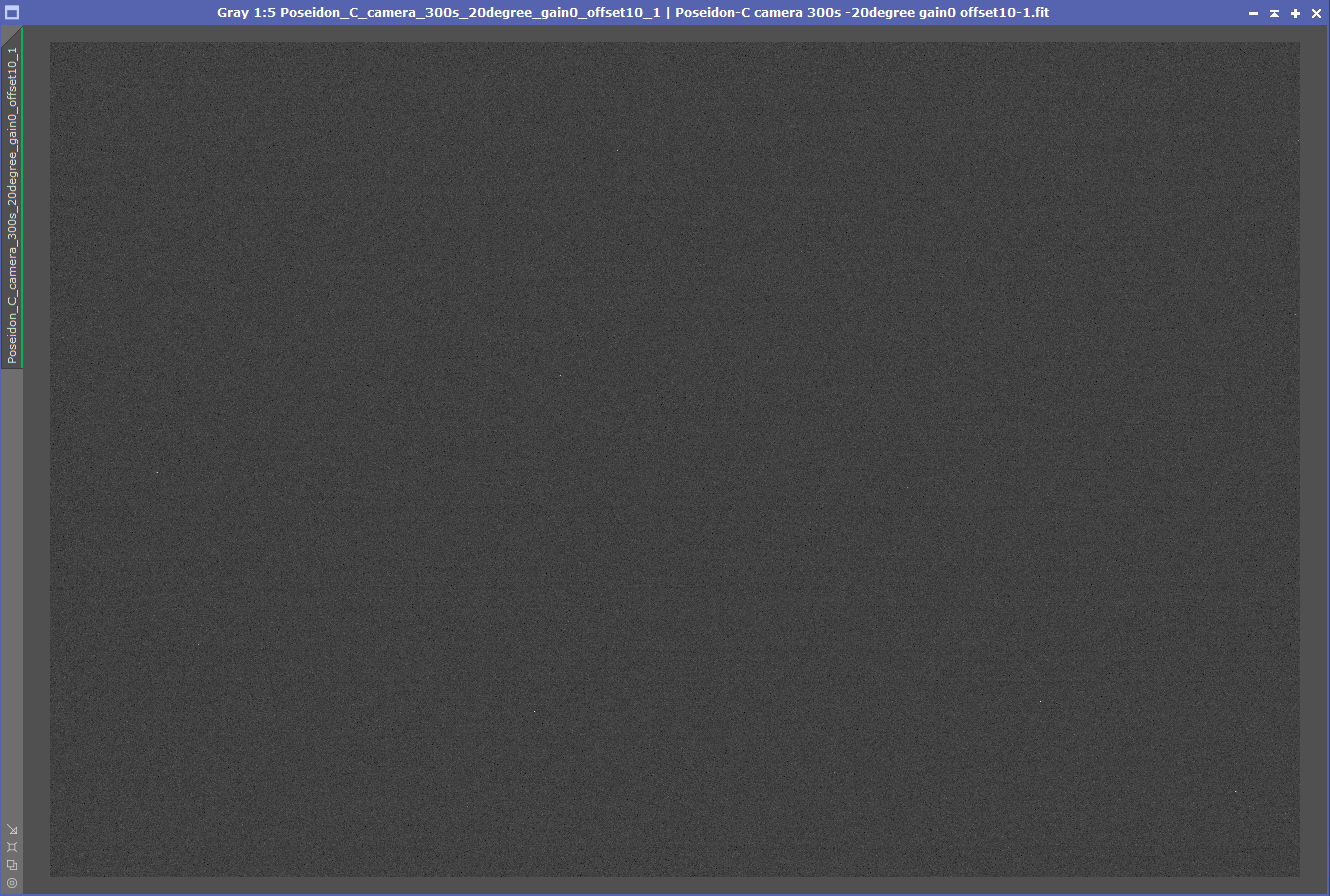
Preview of Dark frame: Exposure=300s, gain=0, offset=10, temp=-20℃ STF auto-Stretch in Pixinsight 1.86
Non-Amp-Glow can give us very clean background, much easier to get high quaility images.
Type-C Data port and Power port
Back piece of cooled camera has 2 Type-C data port and 12V DC 5.5×2.1mm power port.
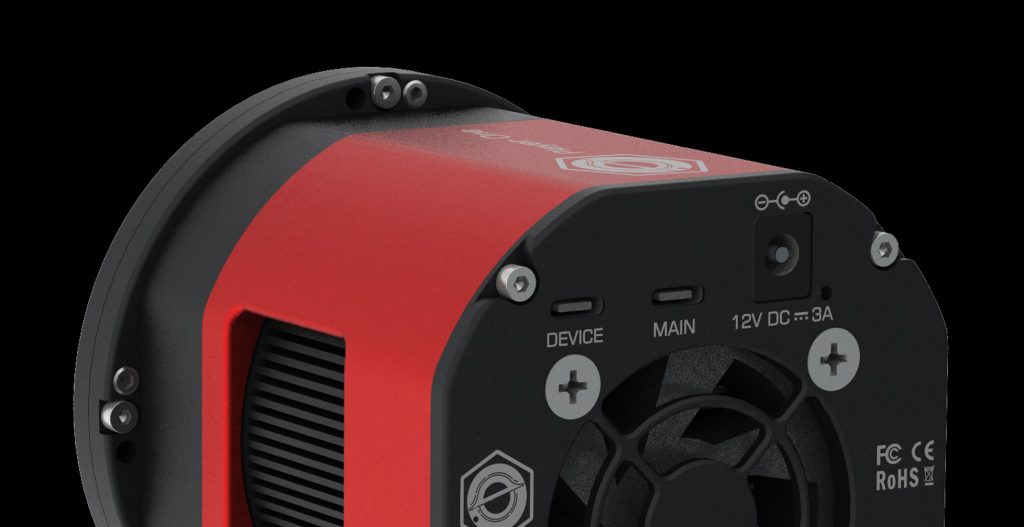
Main data port support USB3.0 protocol, the camera can run 15fps under RAW8 mode. Type-C port is easier to plug in when assemble the imaging equipment in night.
When recording images, since the actual writing speed will be affected by the writing speed of the hard disk itself, when the hard disk writing speed is slow, the recording may not reach the theoretical speed. It is recommended that you use a high-quality solid state drive to record data to give full play to the performance of the camera.
The camera has 12V DC5.5*2.1mm port to provide enough power to TEC cooling system. If you don’t need to power up cooling, only need to connect the main Type-C port, the camera will works as a uncooled camera.
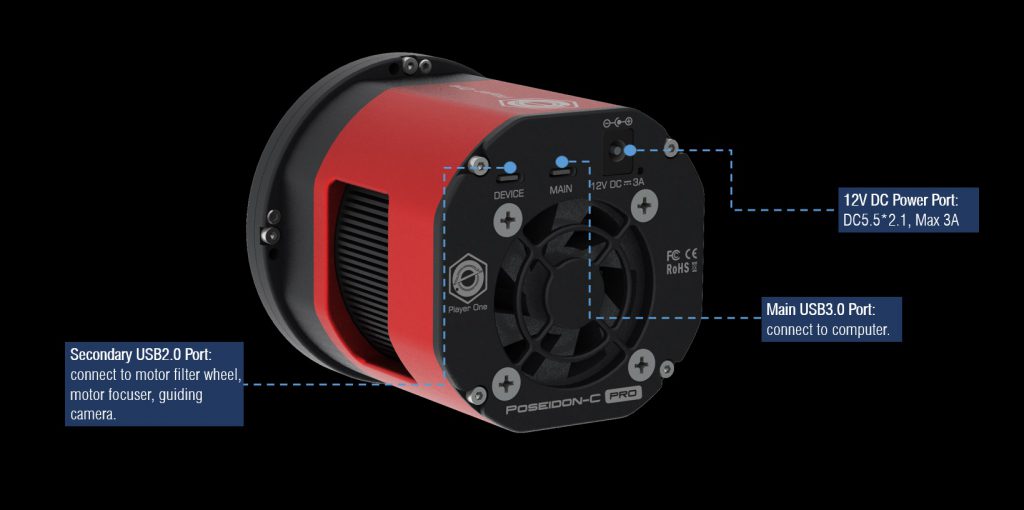
Standard Cable Usage
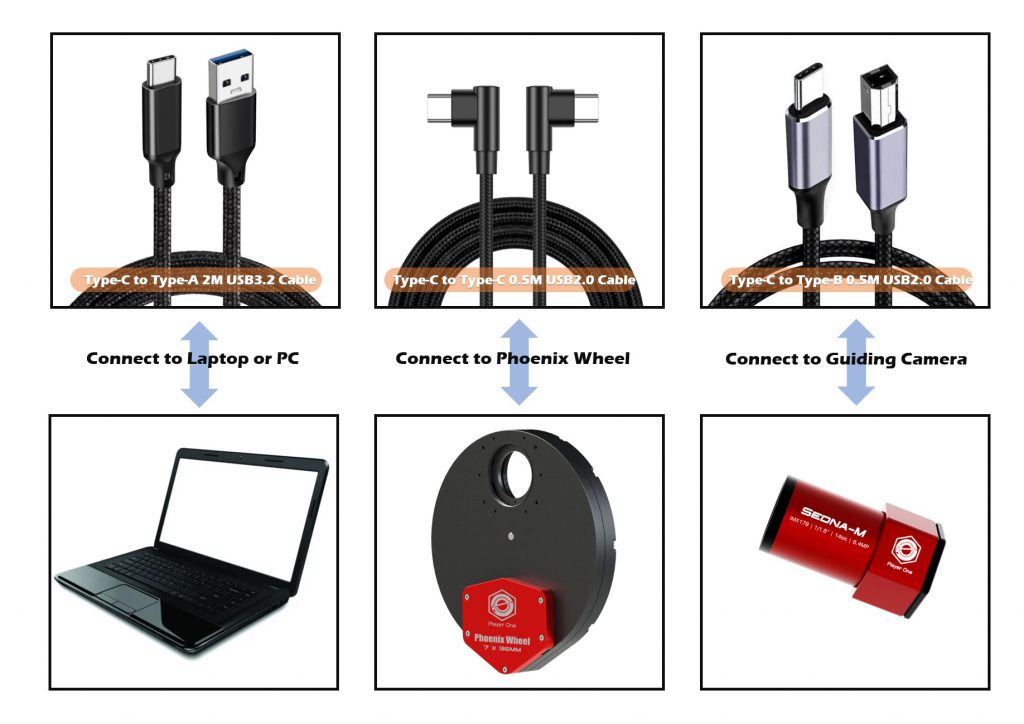
Cooling System and Anti-Dew Heater
In ASCOM window, we provide 3 adjustable parameters: Target temperature, Fan Speed and Anti-Dew power.
Standard Delta-T: 40℃ (±2℃) , when ambient temp 30℃, fan speed 100%, dew heater 10%.
Recommend Delta-T settings: 35℃ below ambient, fan speed 70%, dew heater 10%, power consumption 40- 60%.
The rotation speed of cooling fan is also adjustable, the default value is 70% speed.
Dew problem is the biggest enemy in astro imaging, the camera integrated anti-dew heater in front of the camera. The heat power is adjustable.
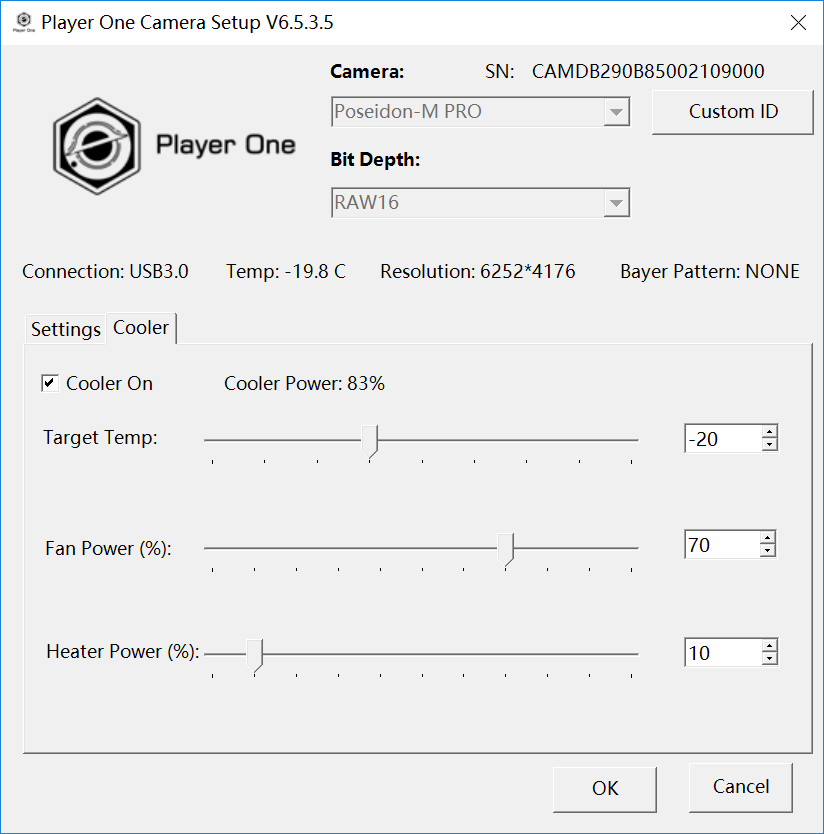
Overvoltage and overcurrent protection mechanism
Player One cameras produced by us ensures the safety of your camera and other equipment through overvoltage and overcurrent protection mechanisms.
Performance
Dual Sampling Mode
Poseidon series has dual sampling mode. Normal mode and Low Noise mode, they has different advantages in imaging.
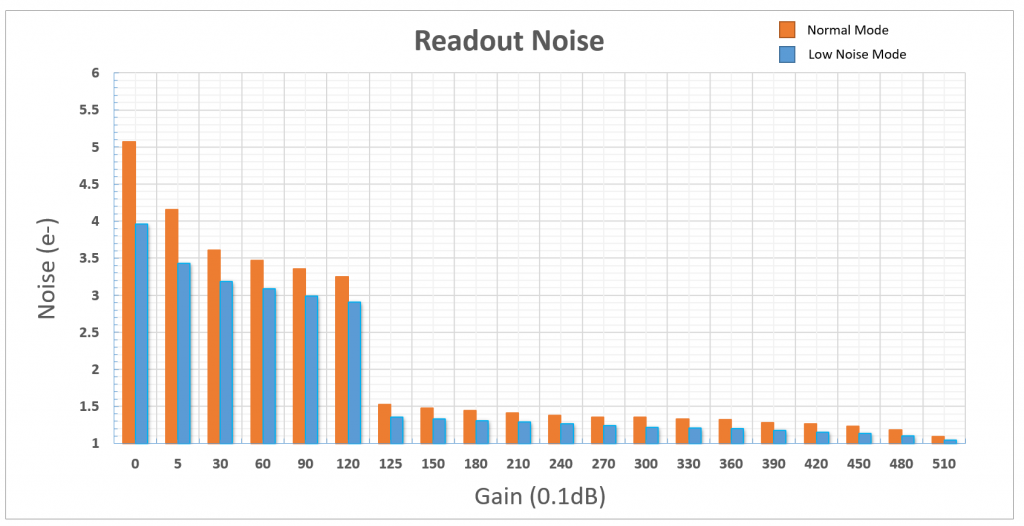
1. Normal mode has faster FPS, it is more suitable for planetary imaging.
2. Low Noise mode (LRN) mode has lower readout noise and higher dynamic range. it is more suitable for DSO imaging.
At gain=0, the camera has 14.26 stops dynamic range and 71.7Ke full well capacity, readout noise is 3.96e.
HCG open at gain=125, the camera has 13.58 stops dynamic range and 16.6Ke full well, readout noise drop to only 1.36e.
Low Noise mode
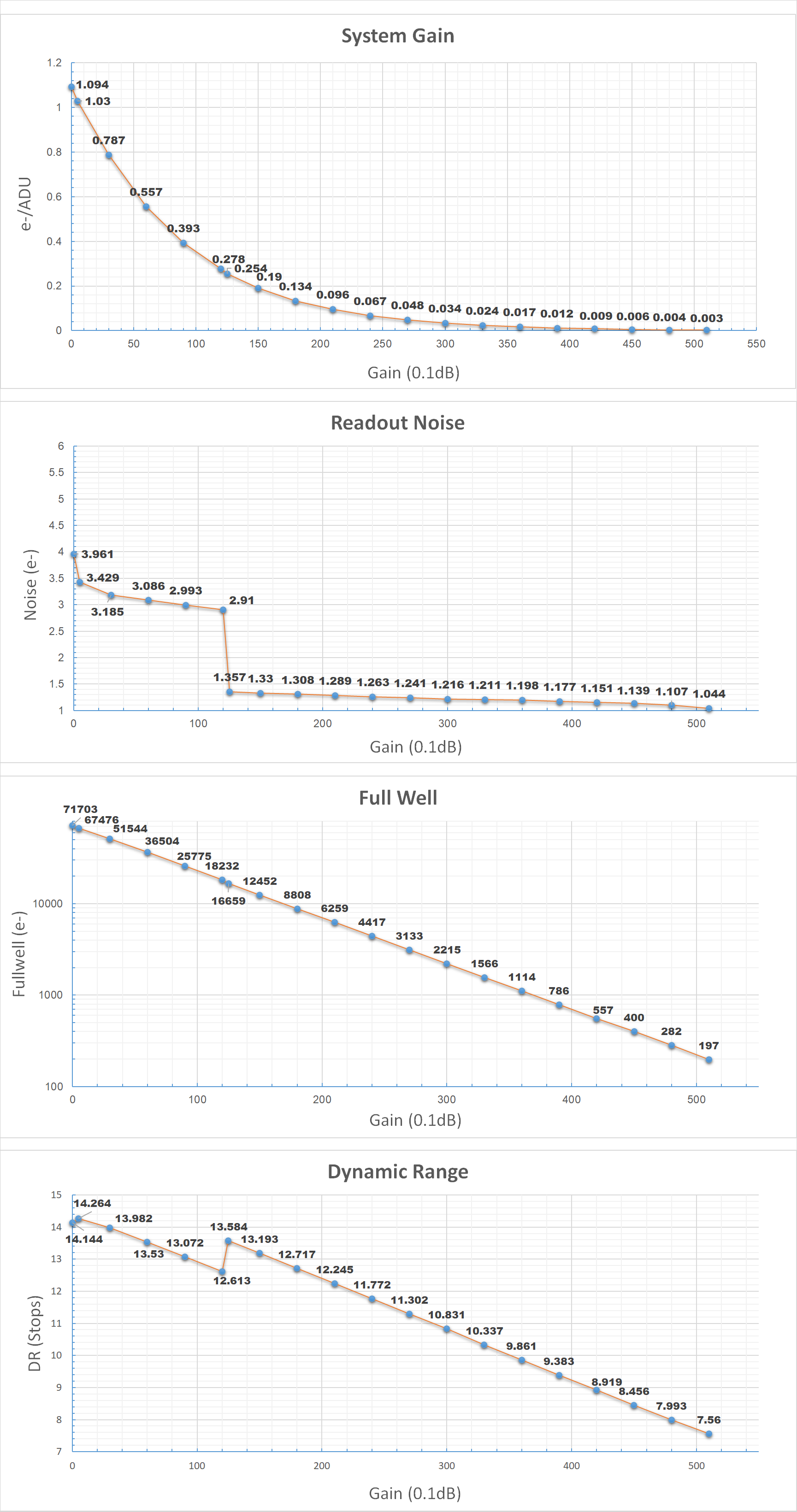
Normal Mode
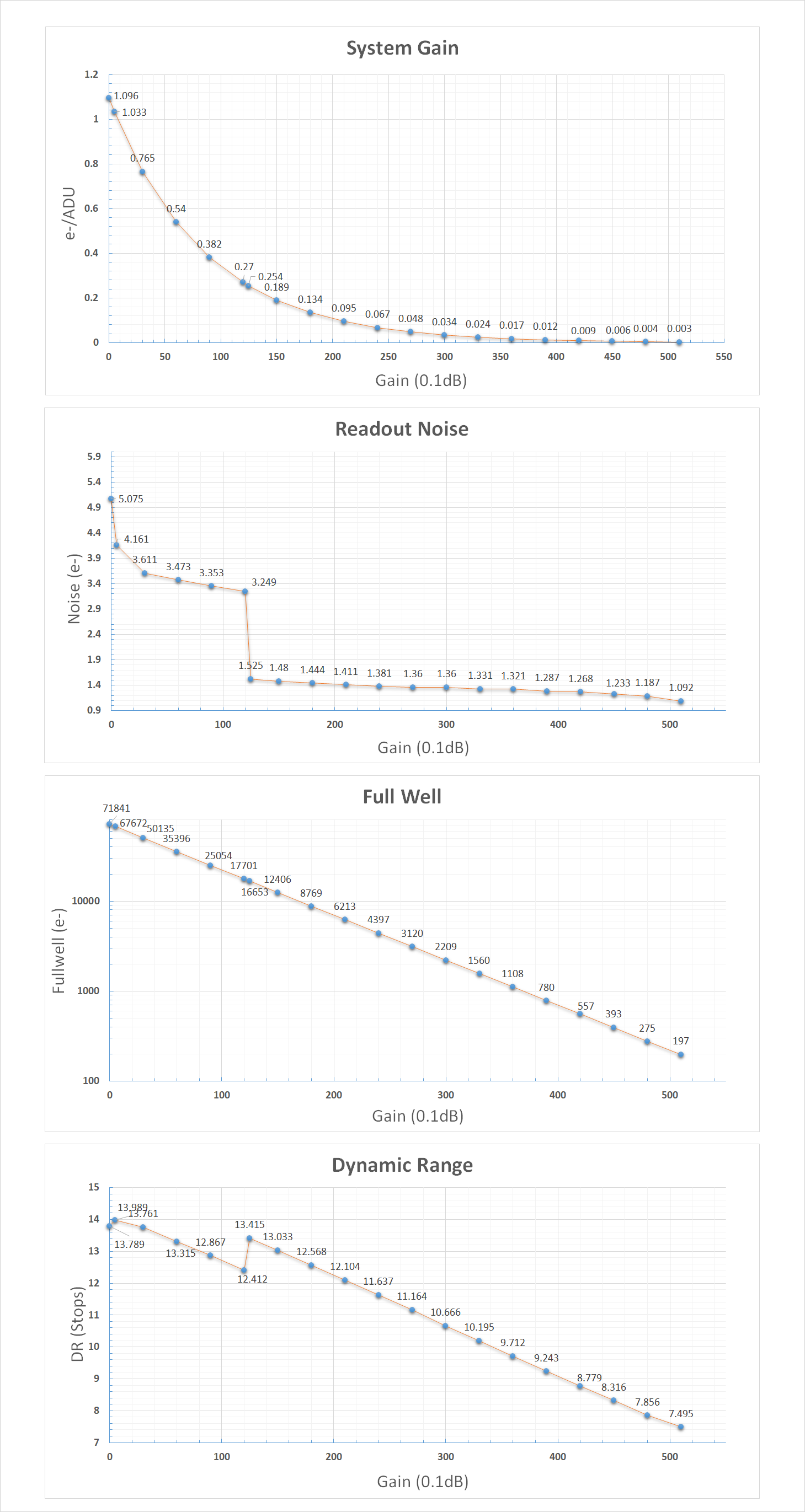
Frame rate
Poseidon-C Pro cooled camera can run 15FPS under RAW8 mode, that’s much faster than existing models on market.
Full well
Poseidon-C Pro cooled camera has 71.7Ke full well, it’s over 1.4 times than IMX571 Basic (50ke).
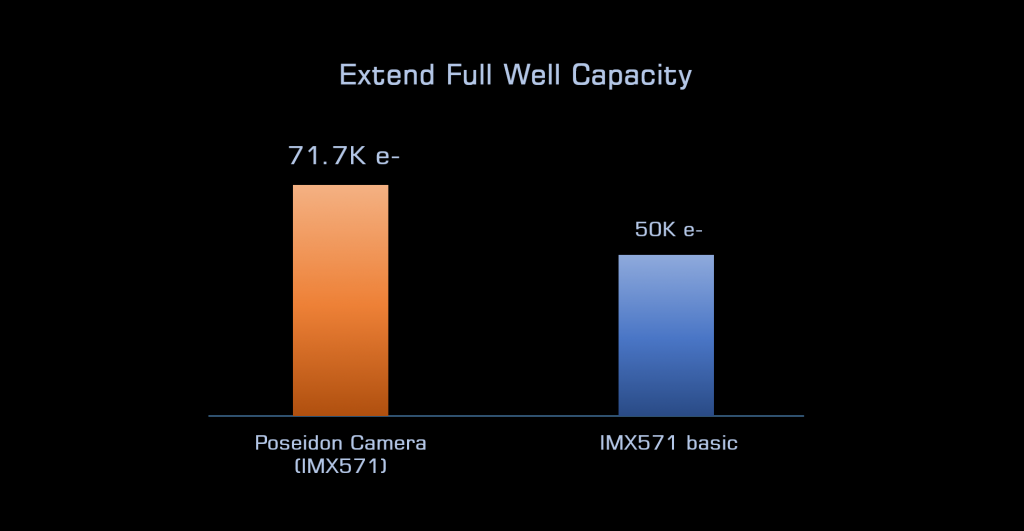
Readout Noise
Regarding readout noise, we solemnly promise that all values are obtained from actual tests. And for users, you could use Sharpcap 4 for testing. SC4 has a function called Sensor Analysis, provide a very simple way to test readout noise.
We wrote a tutorial on our website: https://player-one-astronomy.com/service/manuals/
If you are interested in readout noise testing, you may try it yourself, which is very simple.
Dark Current
The dark current is only 0.000105 e/s/pix at -20℃, and 0.001178e/s/pix at 0℃. In entire curve, dark current is almost like a straght a line, which can prove that Poseidon camera has very good quality.

QE Curve
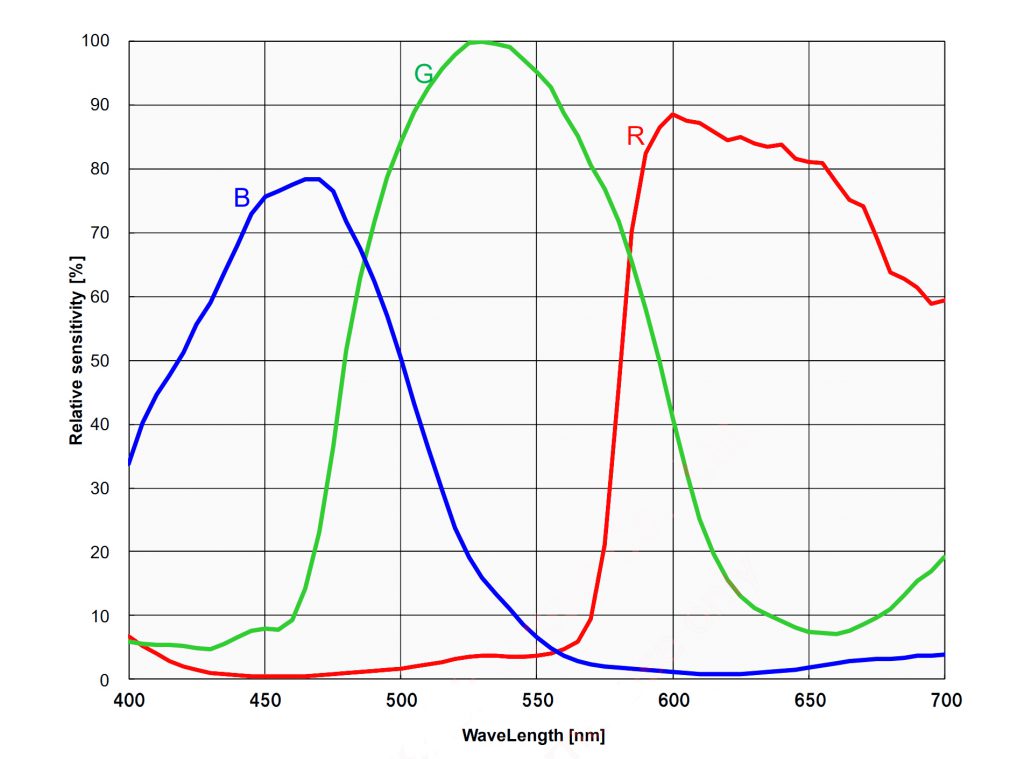
Mechanical Drawing
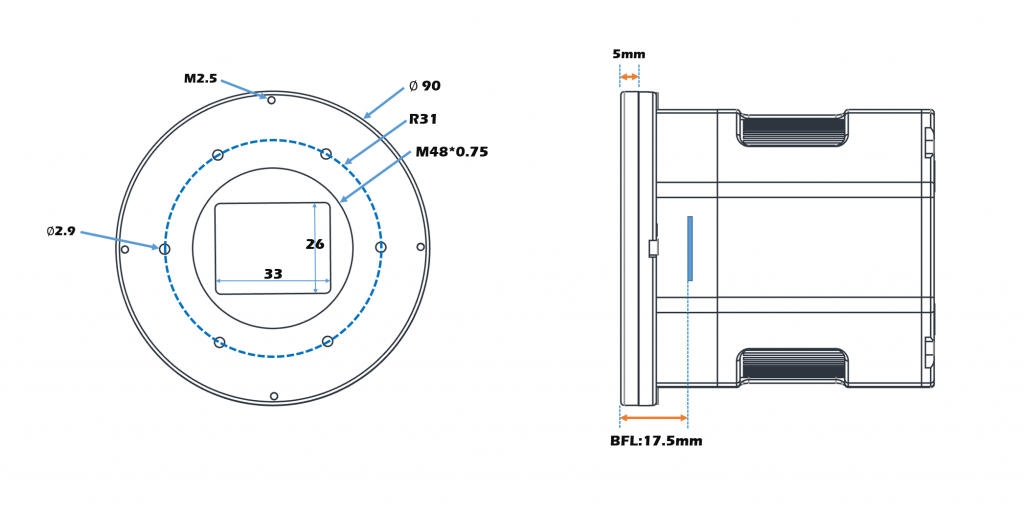
BFL Solutions
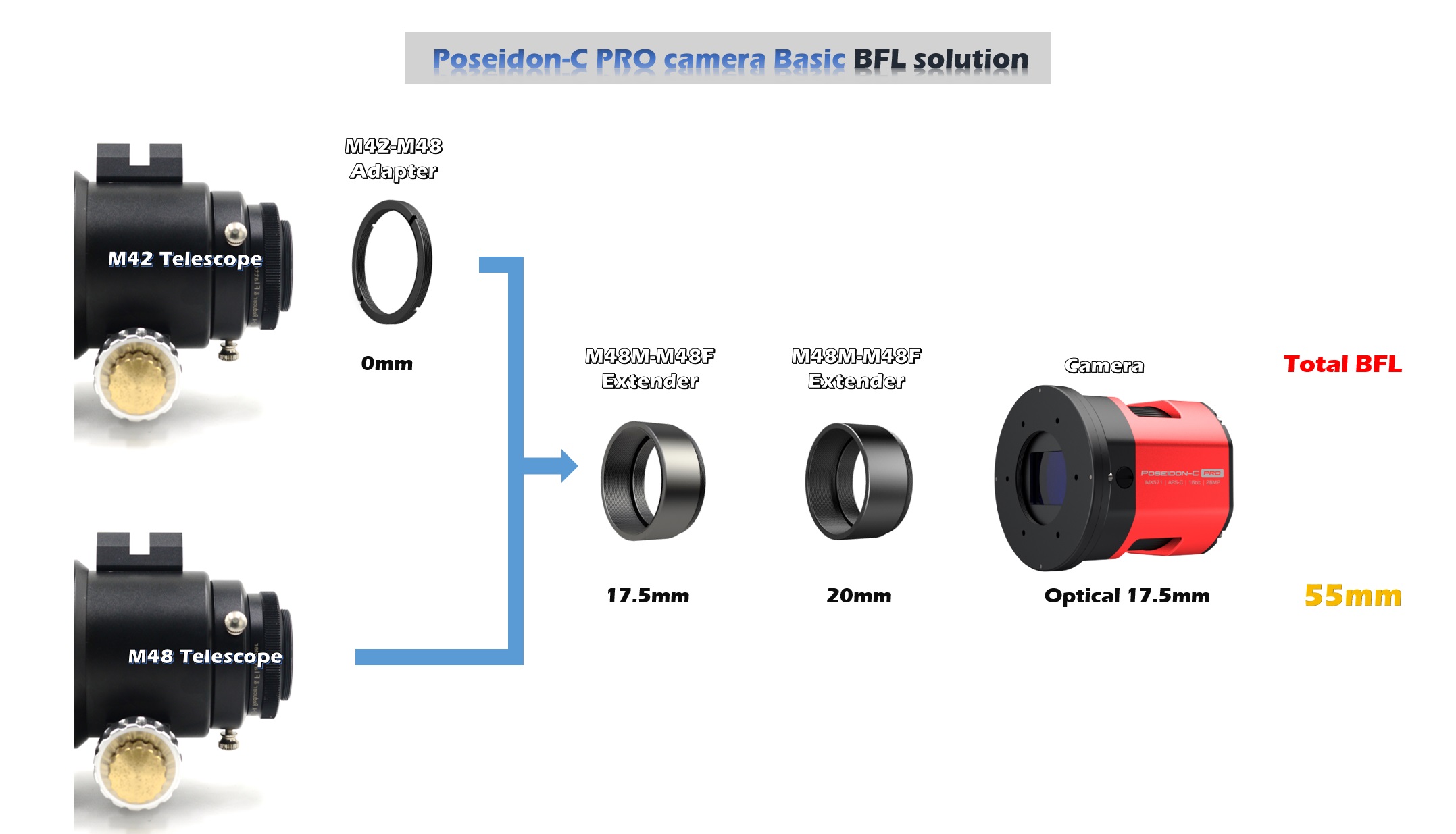
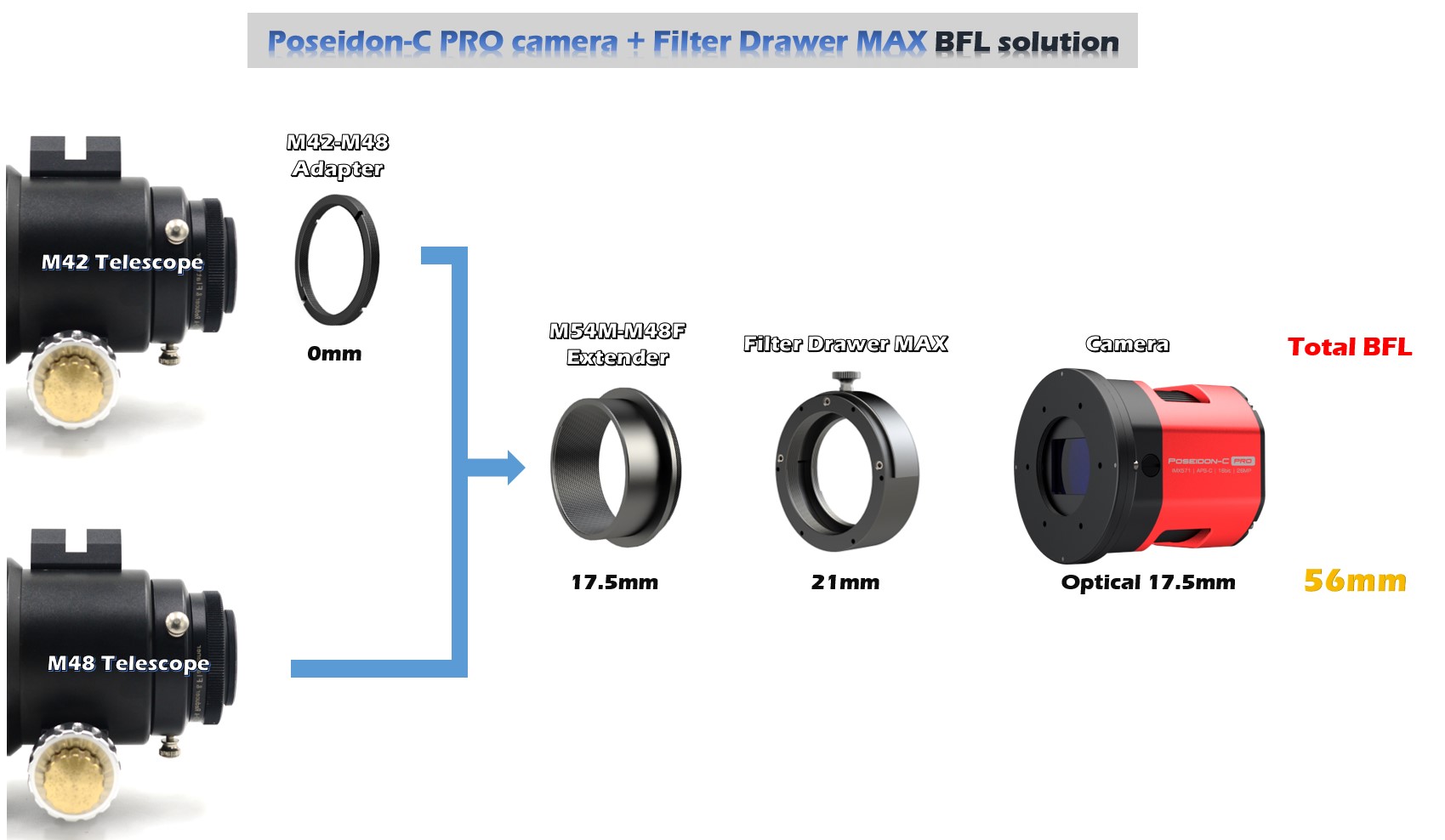
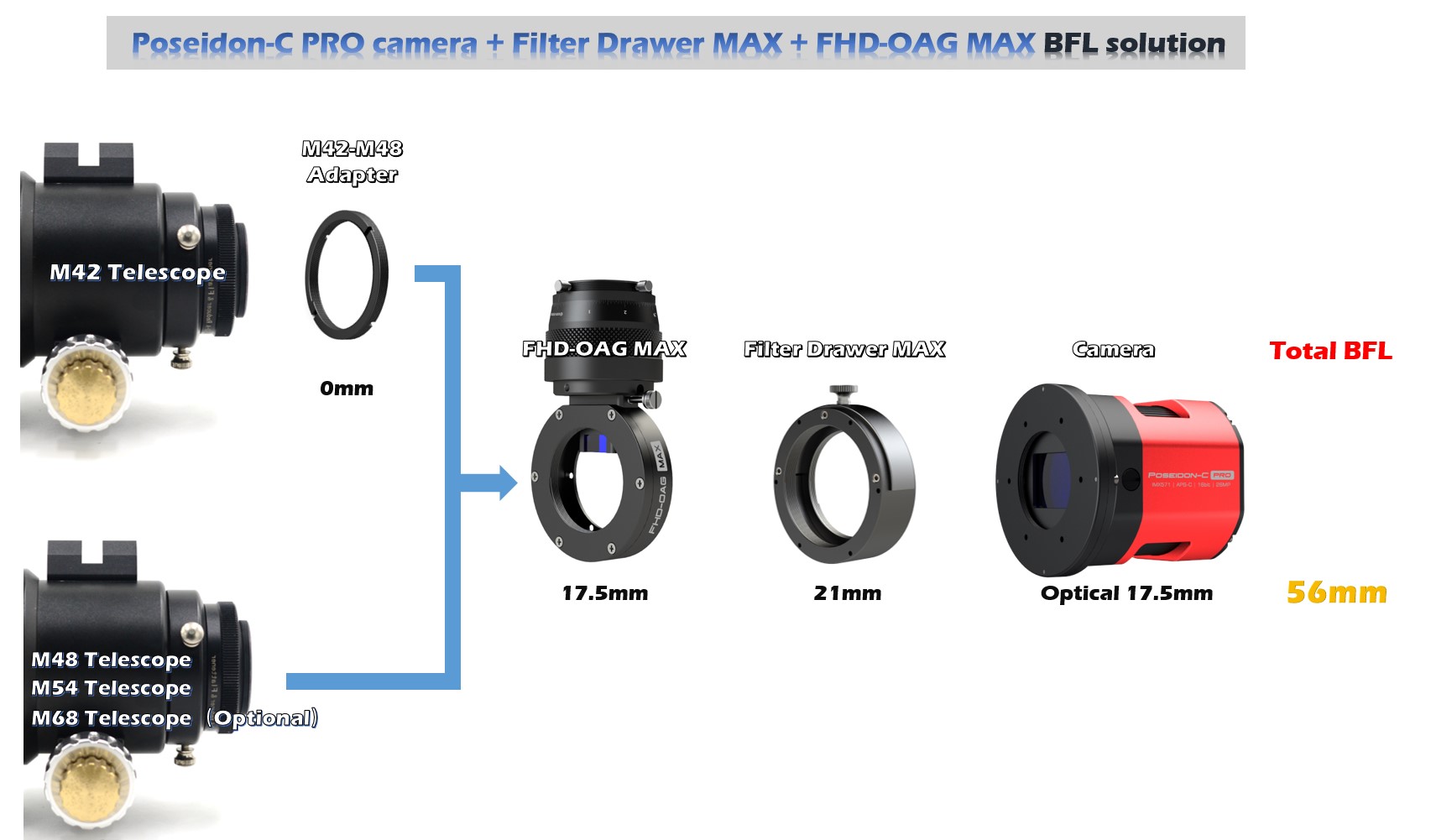
Notice: Some BFL solution is 56mm (Compensate light path differences which caused by filters)
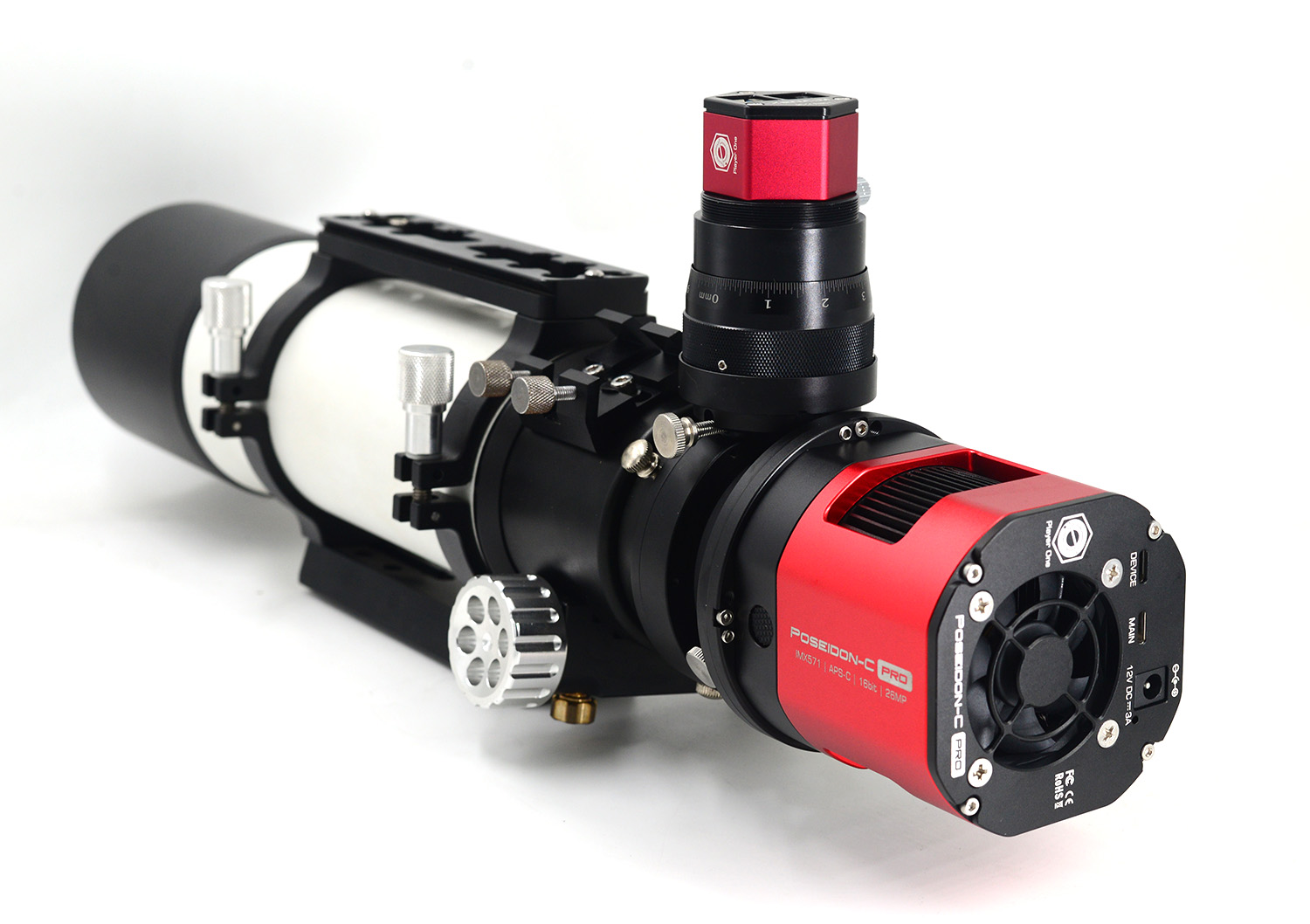
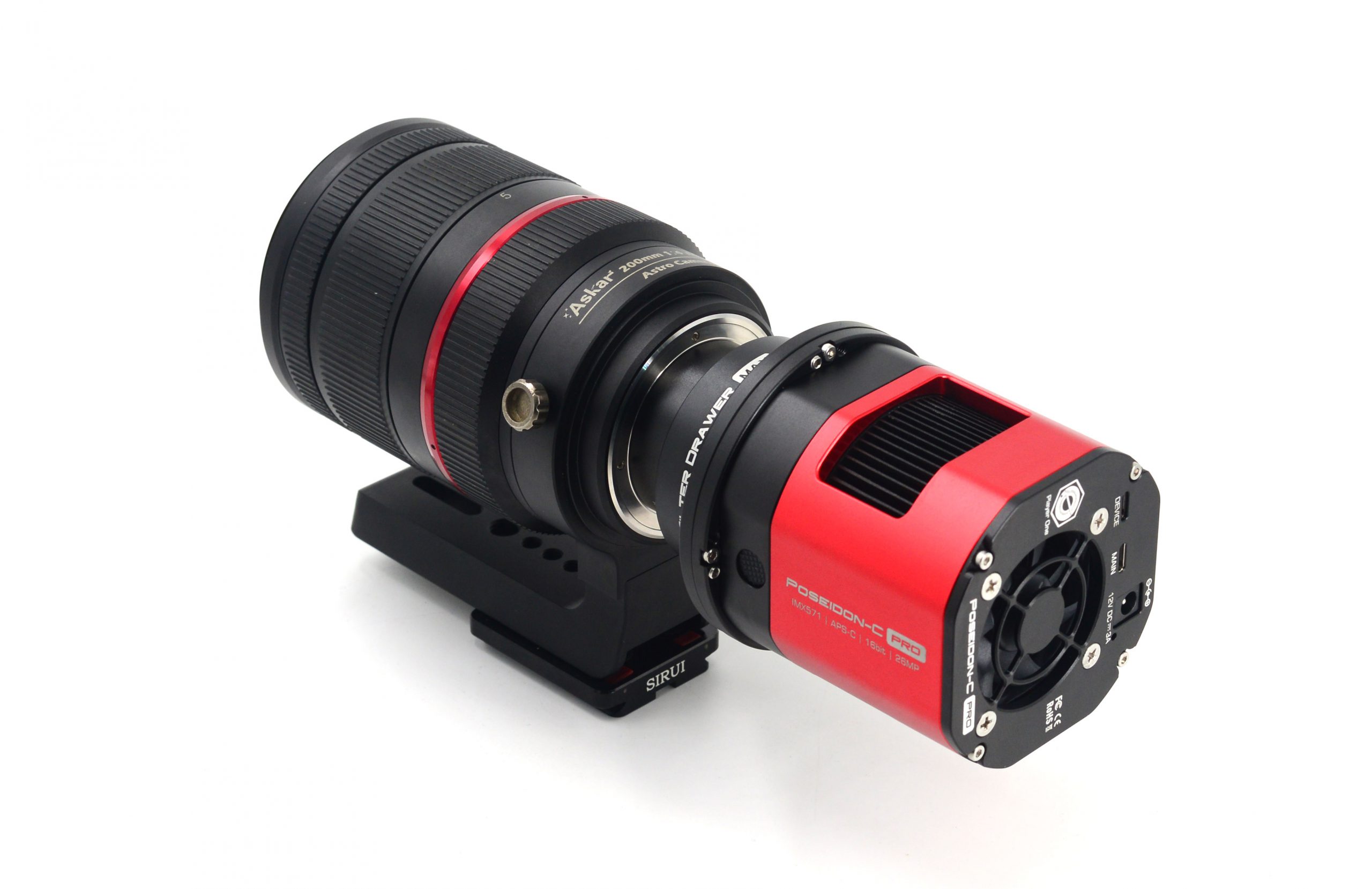
Package List
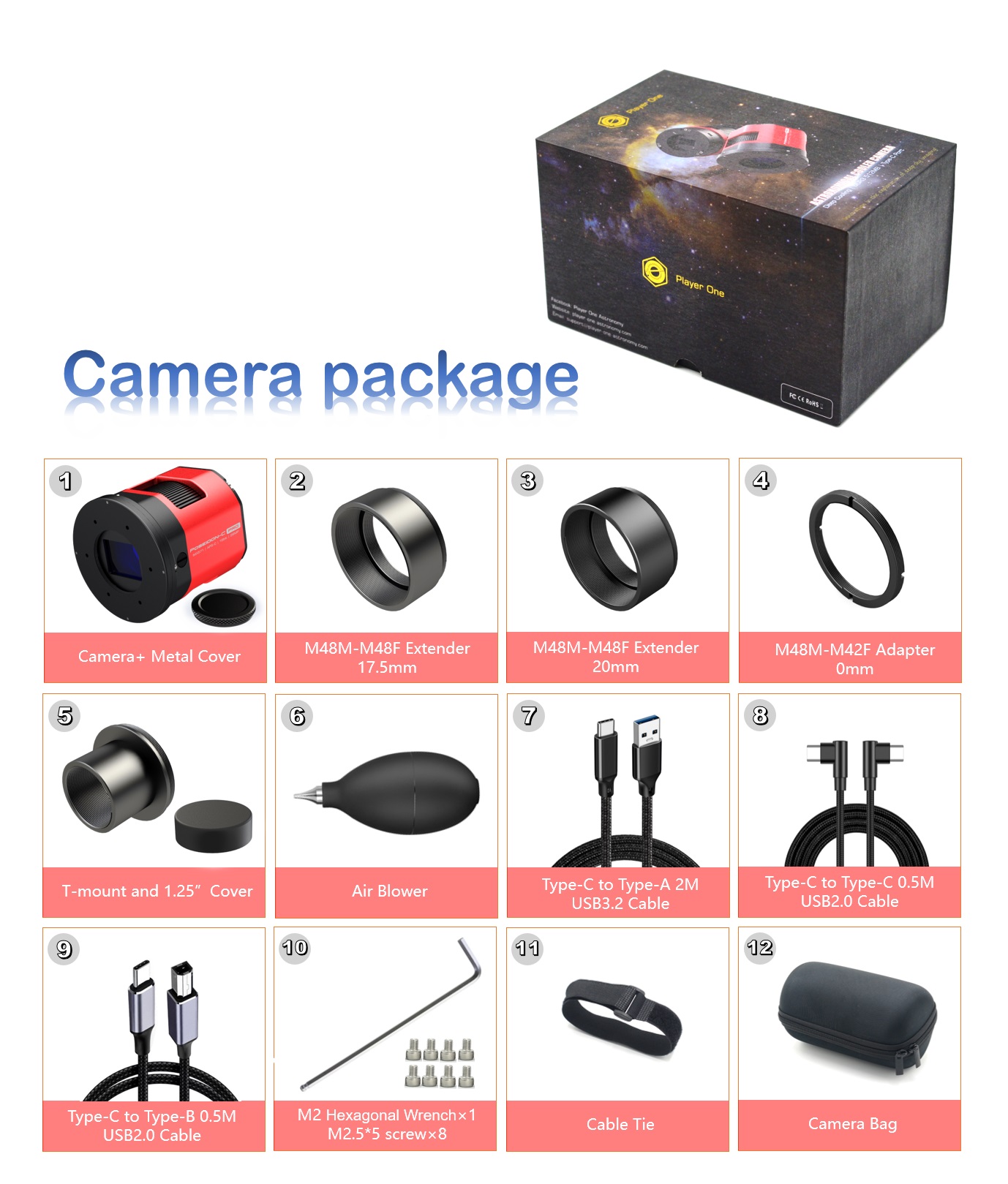
Highlight
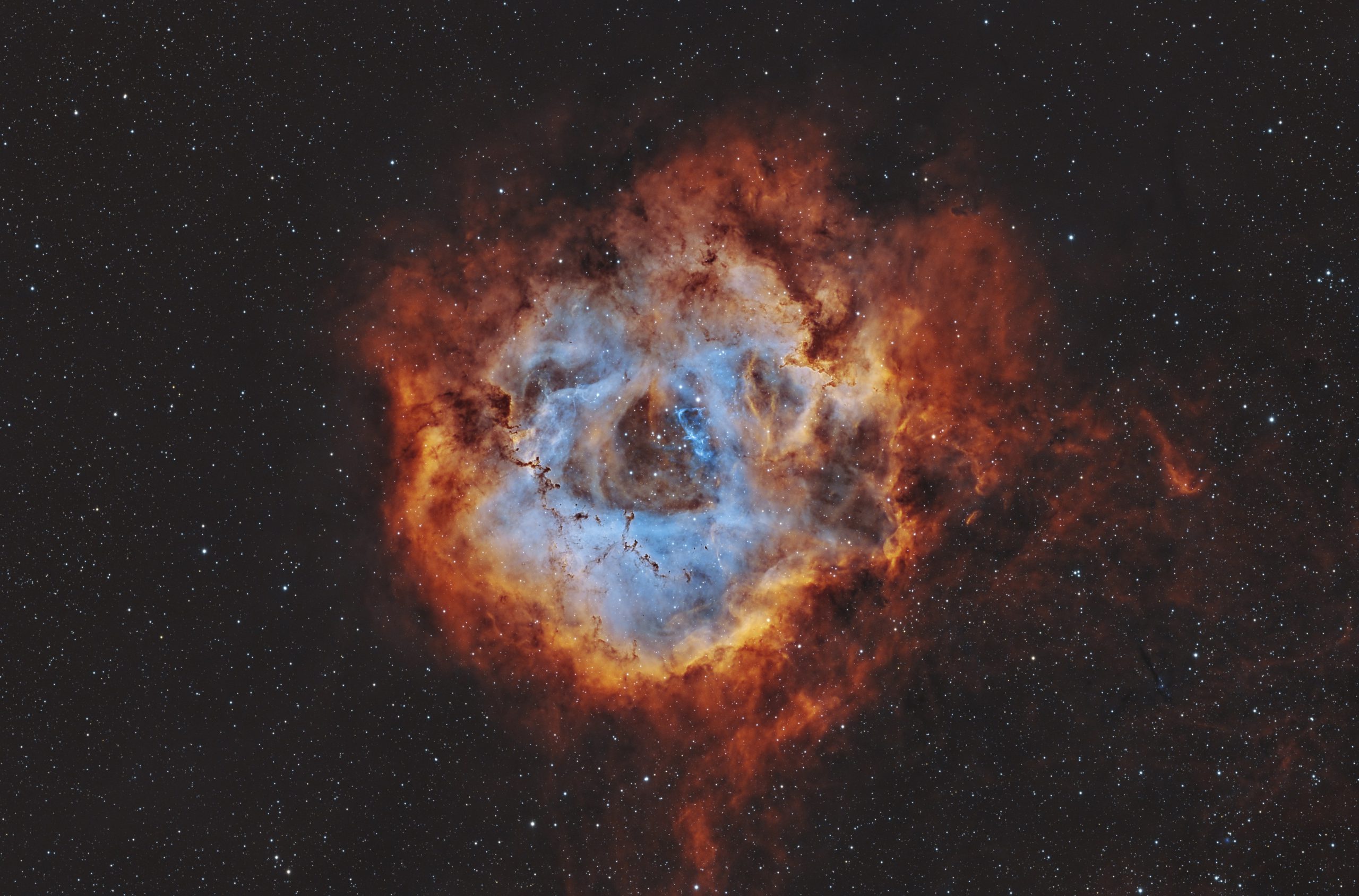
Rosette Nebula – RASA8 + Dual-band filter + Poseidon-C Pro, Luke Newbould
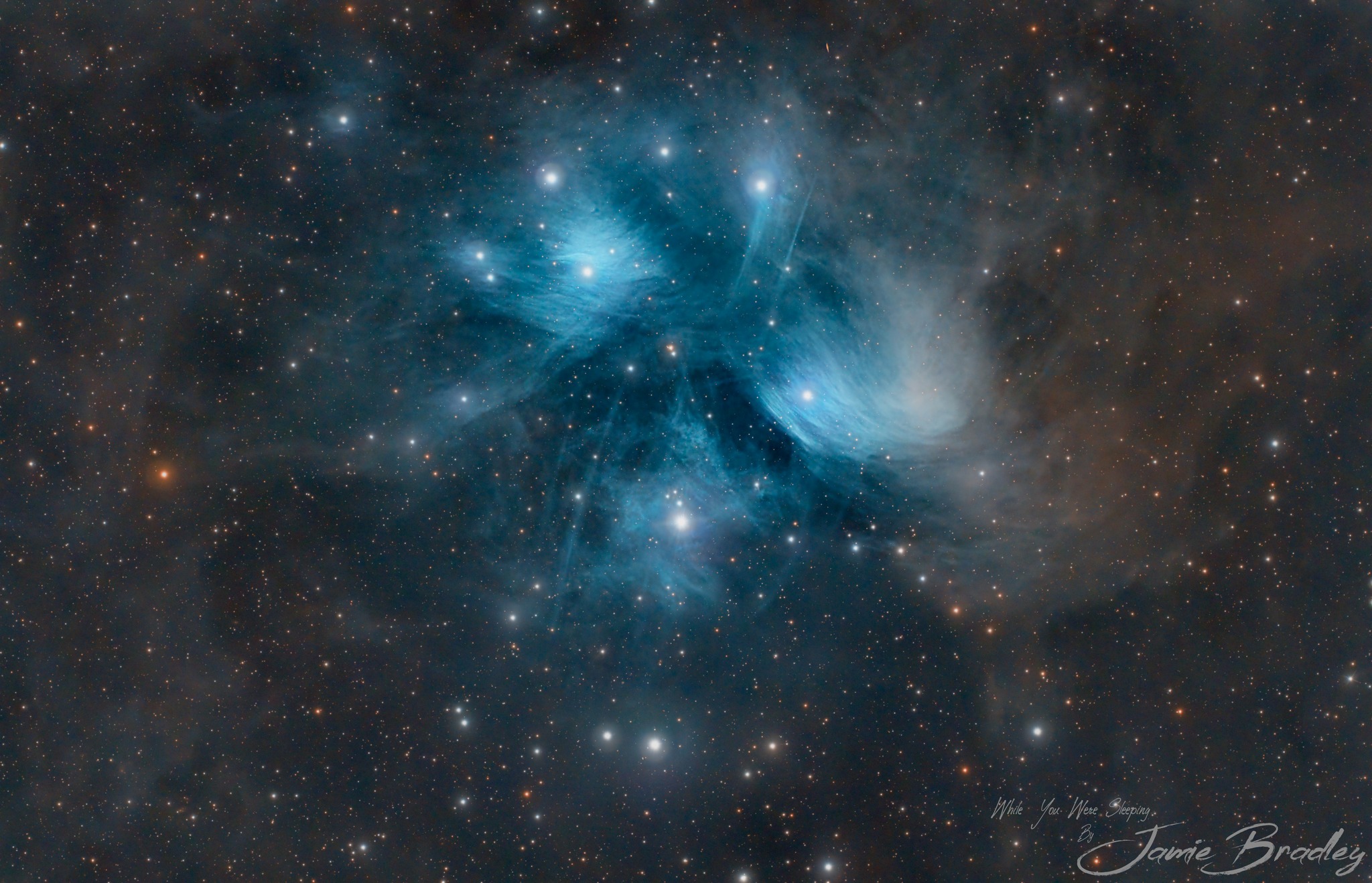
M45 – ASKAR500 + Poseidon-C PRO,Jamie Bradley

M42 Orion Nebula, ASKAR500 + Poseidon-C PRO – Jamie Bradley
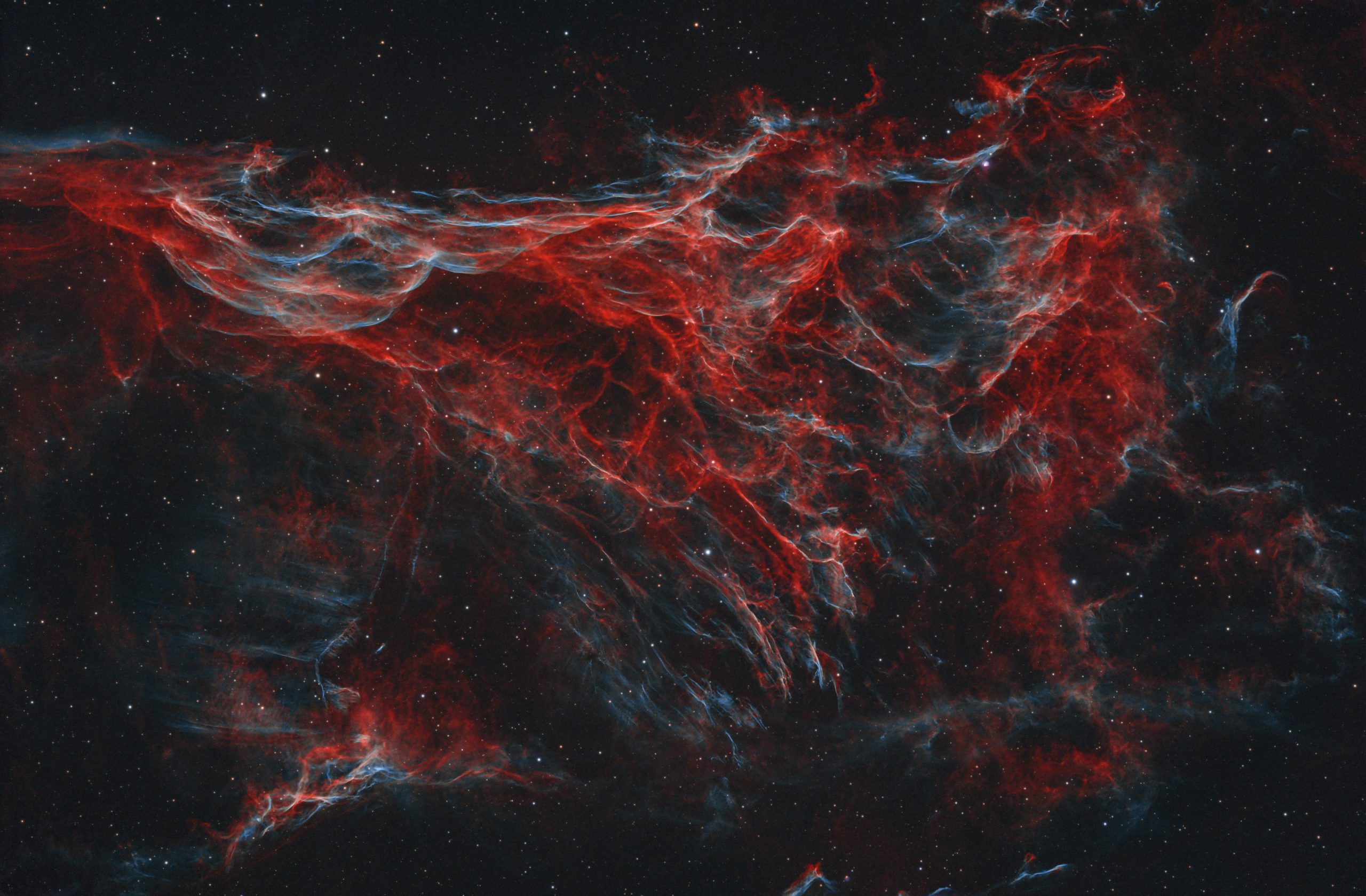
Pickering’s Triangle,Celestron EdgeHD 8″ + Poseidon-C Pro,Mike Hamende
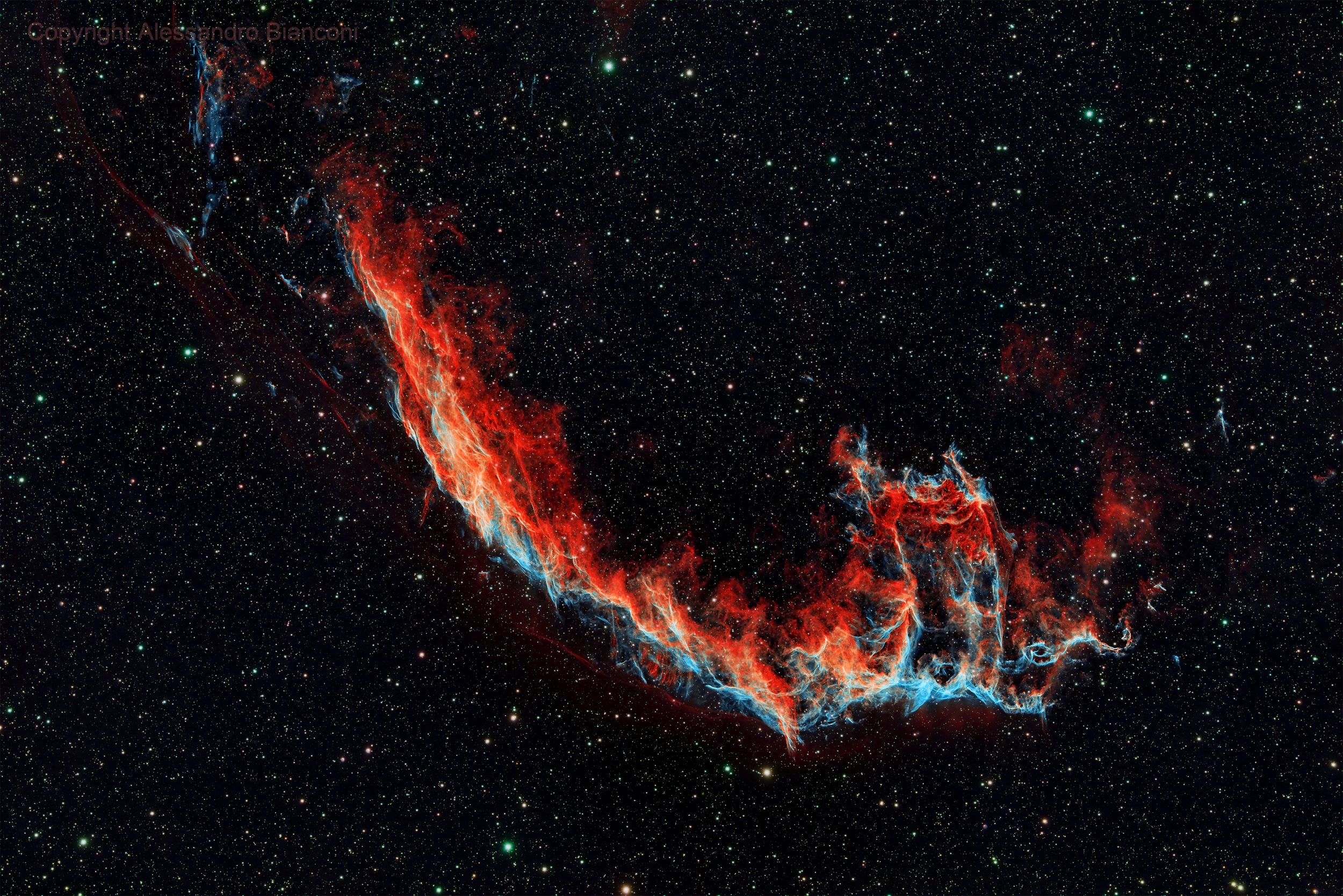
NGC6992, C14HD+Hyperstar v4+Poseidon-C PRO, Alessandro Bianconi
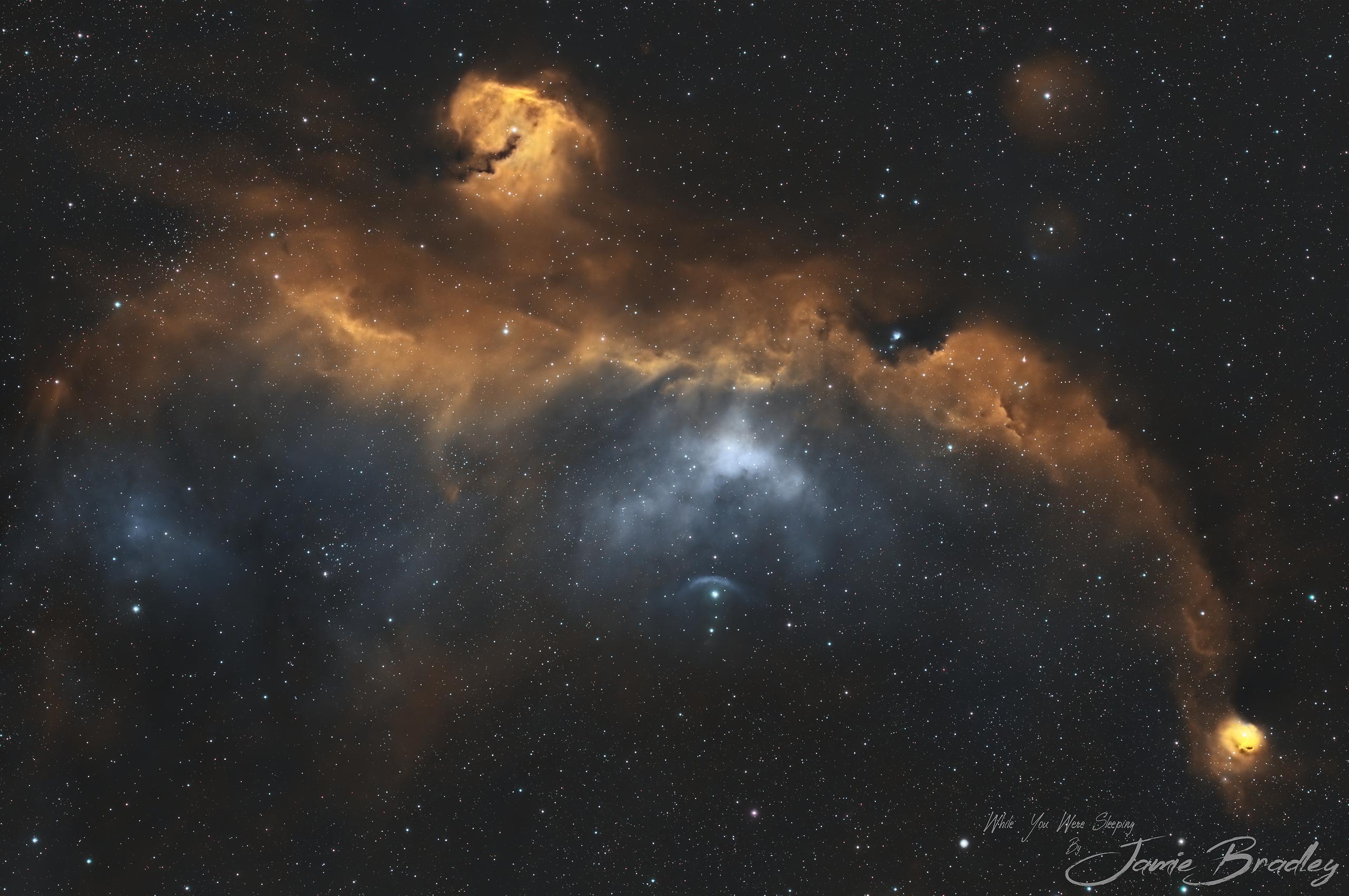
IC2177 Jamie Bradley Askar FRA500+Poseidon-C PRO

NGC6888-C14HD edge + Hyperstar V4+Poseidon-C PRO + L-Extreme -Alessandro Bianconi

M1-Jamie Bradley-RC6+Poseidon-C
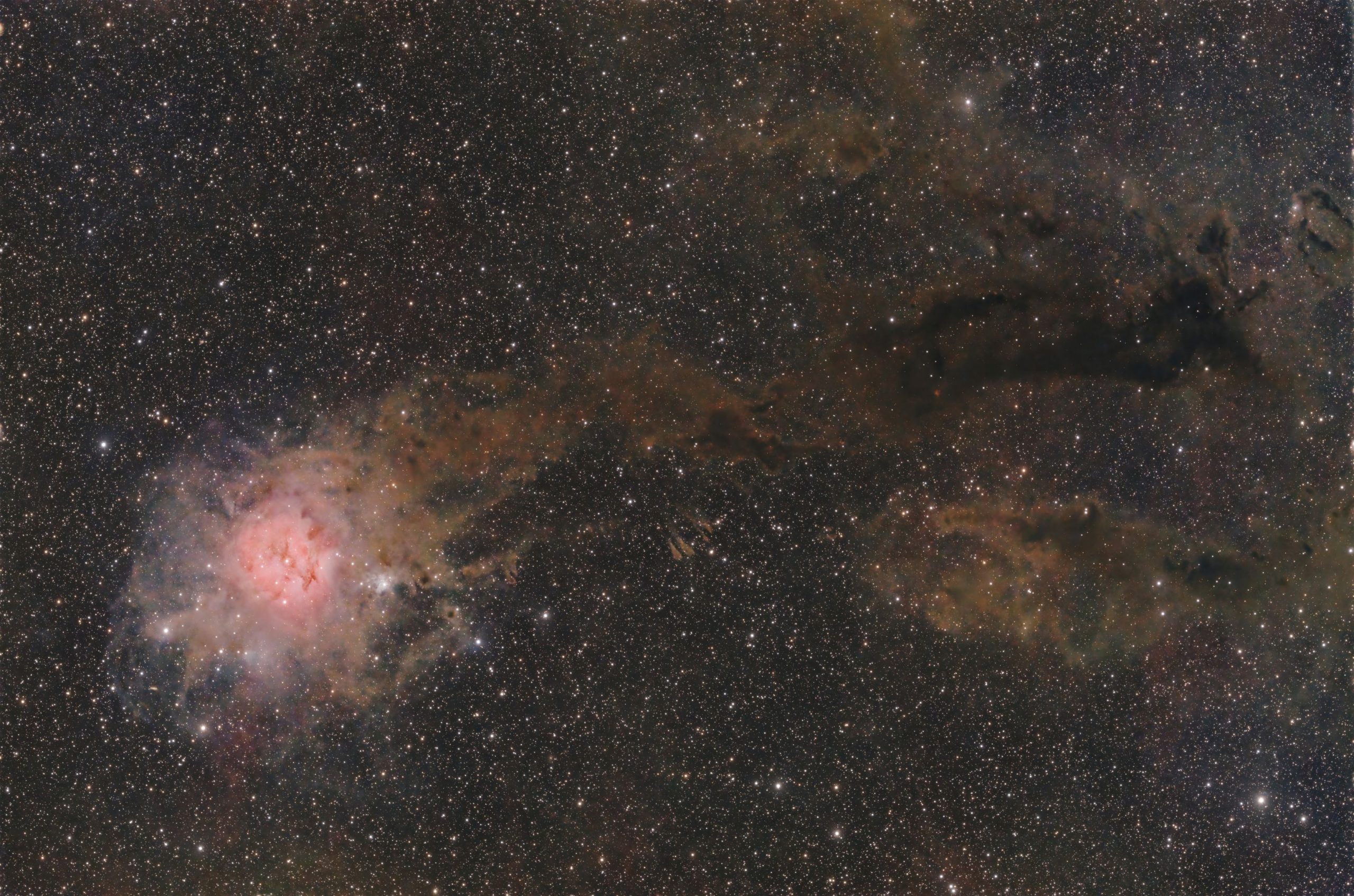
Cocoon Nebula – Luke-Newbould-RASA11+Poseidon-C-PRO
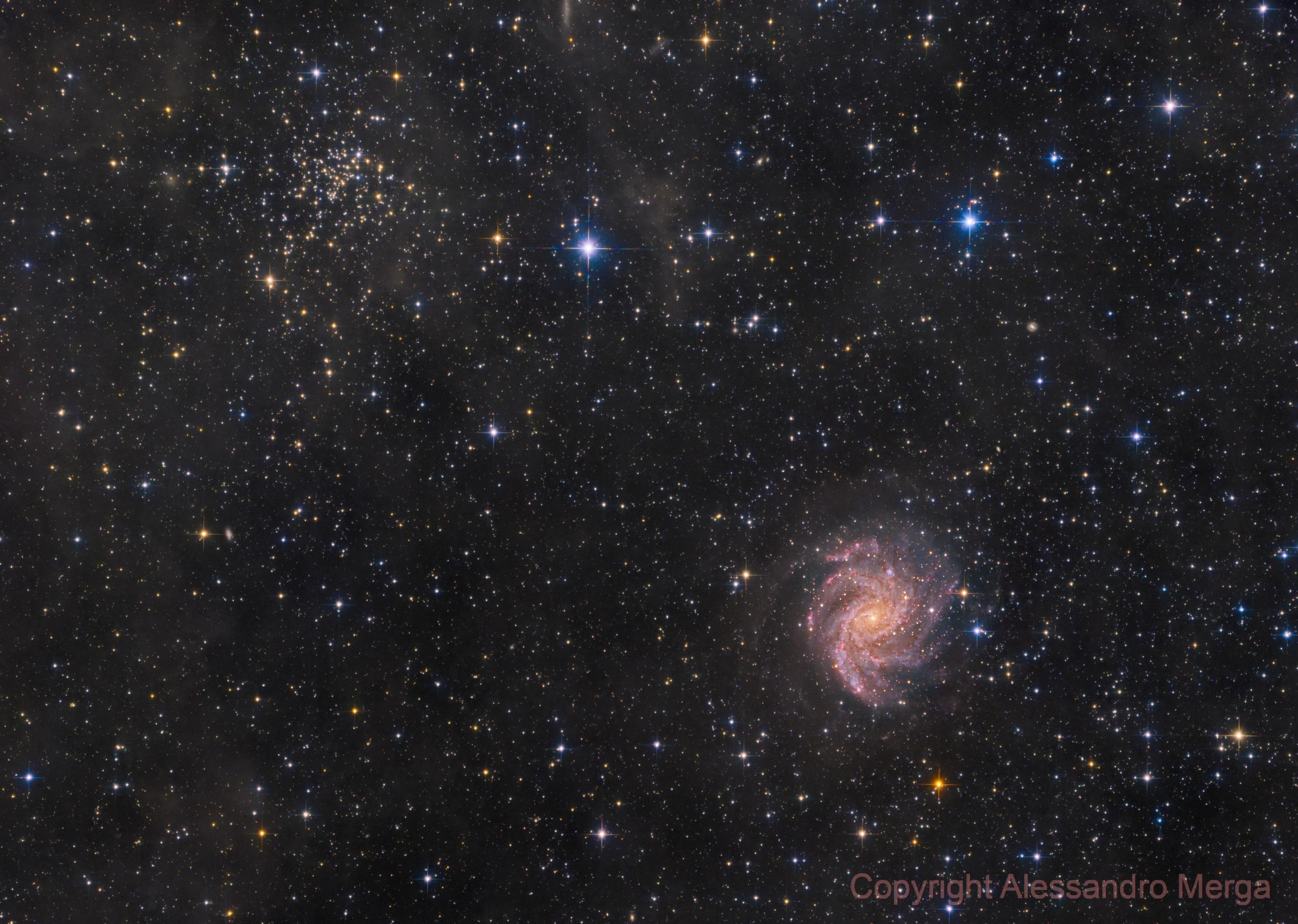
Firework galaxy – Alessandro Merga, Sky-Watcher Quattro 10CF + Poseidon-C PRO

Lagoon and trifid-Rumen-Bogdanovski, Ha-SII-OIII–ASKAR65PHQ-Poseidon-C-PRO

Jamie-Bradley, FRA500-Poseidon-C-PRO.

Owl Nebula-Massimo Di Fusco, Eq6r Pro mount +Poseidon-C Pro
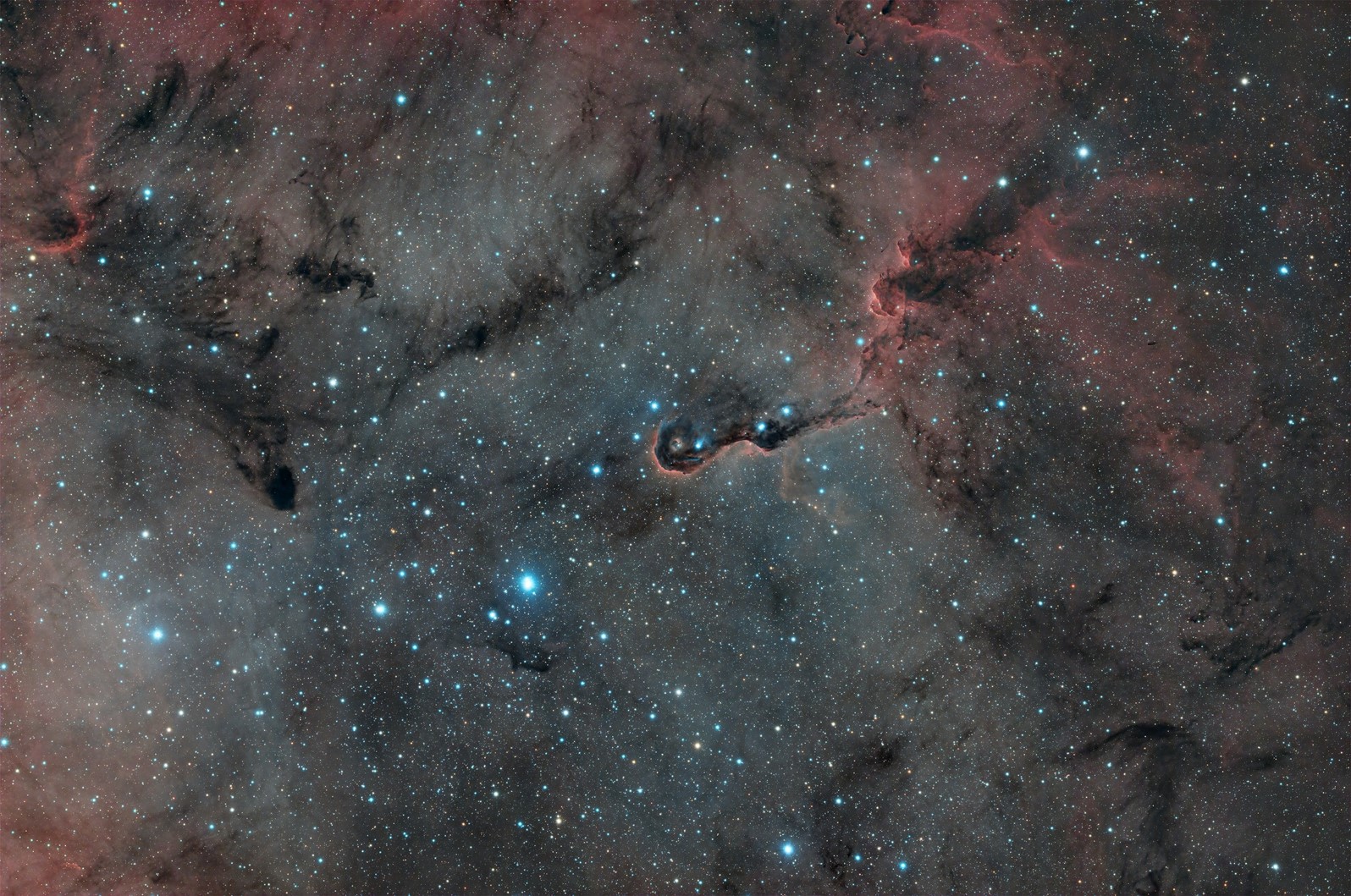
IC1396 Elephant Trunk Nebula-Alessandro Bianconic,10MICRON GM2000HPSII + POSEIDON-C PRO
-白底-small100-200x78.jpg)
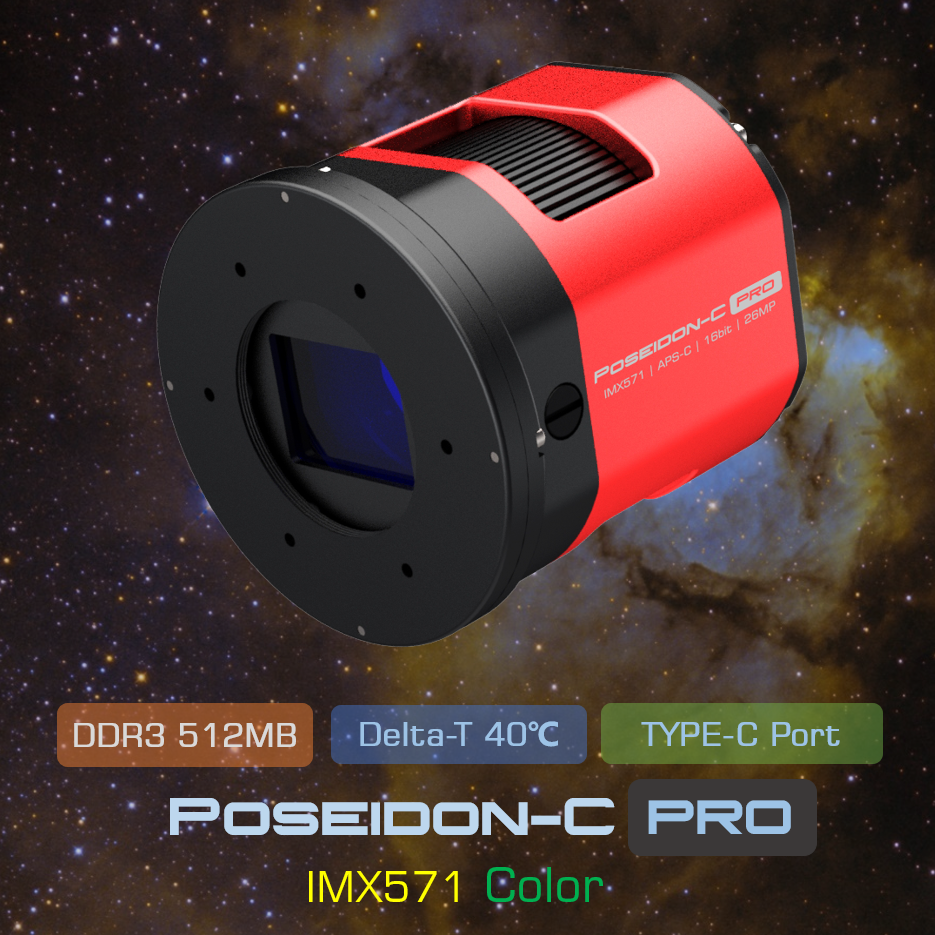
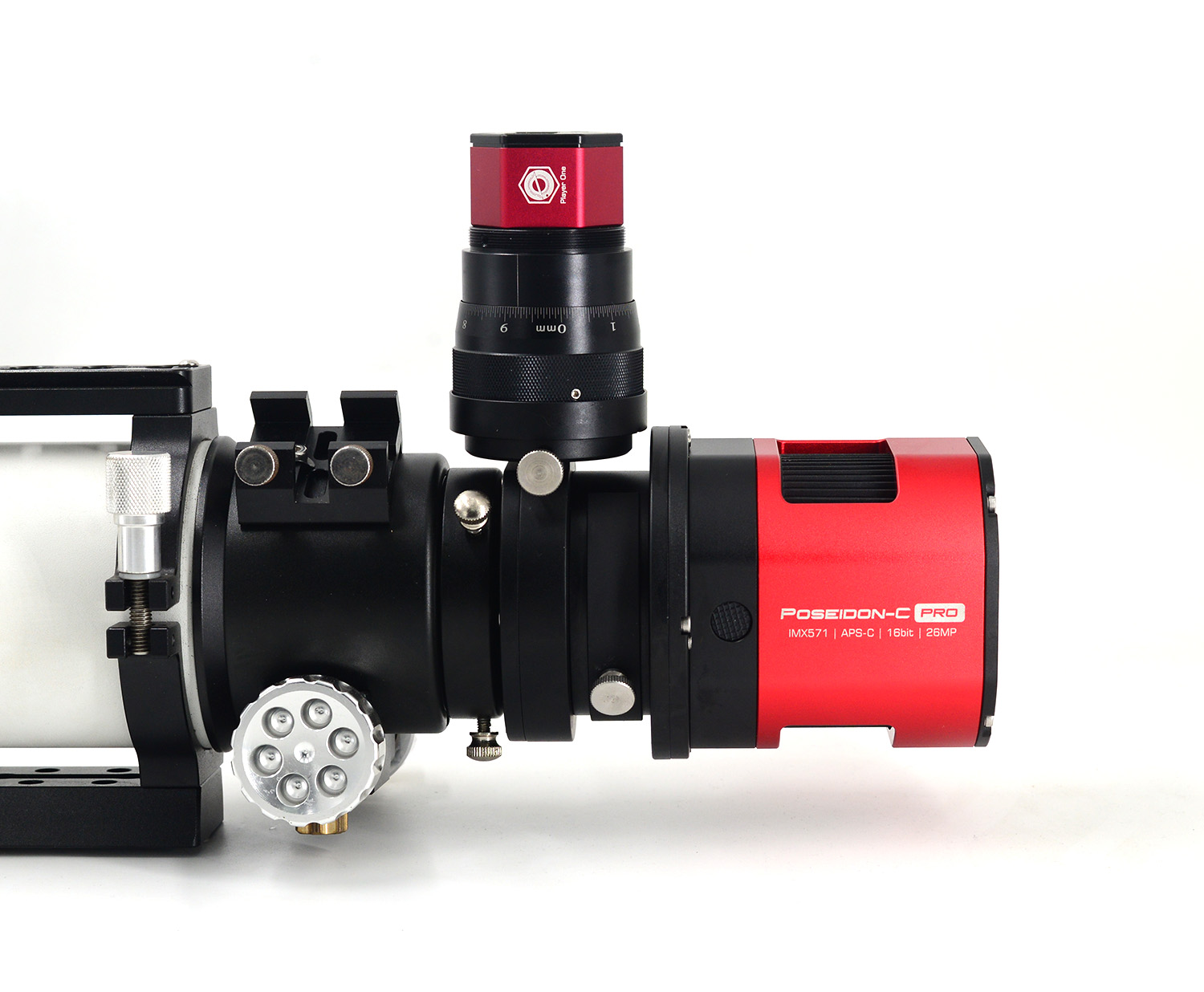

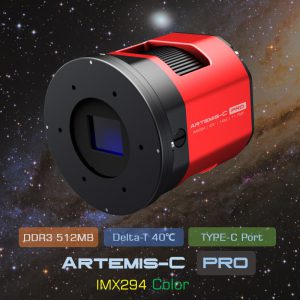
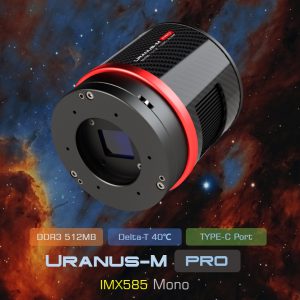
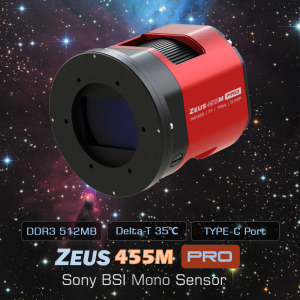
David Gow (verified owner) –
The Poseidon is in nearly every way the best of the several astro cameras that I’ve owned. In direct comparison to the ZWO ASI2600 Pro Color camera the Poseidon is in no way the lesser of the two. Image quality is excellent with both cameras. In the hand however, the Poseidon build quality just seems superior to the that of the ZWO. The tilt adjust design is better than the one on the 2600.
There are differences that might be important to some users. The ZWO uses a USB3 Type B connector and has a dual port USB2 hub for accessories. The Poseidon uses USB type C connectors and has only a single port for an accessory such as a motor focuser. The C type connector looks less robust than an A or B connector, but in fact it locks solidly and is rated for 10,000 connection cycles.
There was a problem with my Poseidon’s USBC port. It was slightly recessed in the back plate and the cable’s connector did not click in. I emailed Poseidon and they immediately sent out a replacement back plate and cable. Installation was quick and there have been no other problems. Short of flying a tech over to install the part, I could not ask for better or faster service.
On a RASA8, a 120mm apo, or a 60mm Petzval, this camera does very well whether you are doing EAA or gathering 7min exposures with narrow band filters.